After leaving the hotel it was time to explorer Colonial Williamsburg. Colonial Williamsburg is the worlds largest living history museum in the world. Everything here is the same as it was back in the 1700ʻs. Some building have been rebuilt but they were rebuilt on the same foundation as they were back then. Some buildings are the originals as well. Now this trip we have a big group, 39, so at places like this we are split into two groups as youʻll see in the photos. Both groups did similar things but minor differences as well. One group got to go into the Governorʻs Mansion and the other group played games from back in the day. (They lady working the gate at the Mansion wouldnʻt let the one group in which led to our Williamsburg guide a little miffed but oh well...)
In the Wigmakers building we learned got to see different types of wigs and how they are made. Also learned that movies have made the notion that everybody then wore wigs. Which in fact it wasnʻt true as wigs were fairly expensive and most people werenʻt going to spend money on that. People bought them to show a status symbol.
The people that work here are doing the same professions that were done then. We asked the metal workers what did they do with the stuff they made. Did they just give it to a gift shop? Nope, they use most everything they make there in Colonial Williamsburg. Things break down so they have to make new ones. Another museum in the area needed some old timey things so they were making things for them too.
Ran into the stocks as well and many of the children decided theyʻd punish themselves!
Even in one of the kitchens they were cooking and marinating real food as well. It was the same food theyʻd have eaten back then and cooked the same ways, over open flame.
After Colonial Williamsburg it was off to Yorktown. Yorktown completes the ʻHistoric Triangleʻ in southern Virginia. The triangle consists of Jamestown, Colonial Williamsburg, and Yorktown. Yorktown is famous for being the final battle of the Revolutionary War. Where General Cornwallis of the British Army was surrounded and ended up surrendering, ending the Revolutionary War and giving the 13 colonies their freedom and creating the United States.
Again, due to being a larger group we were split into two groups. Both groups had very animated guides and had the attention of all the children. It was great. The guide you see below was able to get these kids into straight lines to march, come close to huddle, in seconds flat. Also did a great job of including the kids in his talk. Had them recreating things, answering questions. Great guides.
We finished our day with a visit to the Korean War Memorial. Very touching memorial, especially at night. When you walk around the triangle of soldiers there is always a soldier looking at you. Along the wall are the faces of over 2,000 soldiers from the war. A newly added part of the memorial is a list of all the names of the fallen soldiers that does about a half circle around the back of the memorial. Seeing the long list of names make you really realize the tool of the Korean War and how many passed. Often known as the Forgotten War, I think adding the names is trying to help erase that name.
And thatʻs a wrap for Day 2. Started in Colonial Williamsburg and now into Washington, D.C. Big city time for the rest of the trip. Exciting schedule tomorrow. Captiol tour, White House tour, Fordʻs Theater, Smithsonians, and more memorials. Will be busy but great!


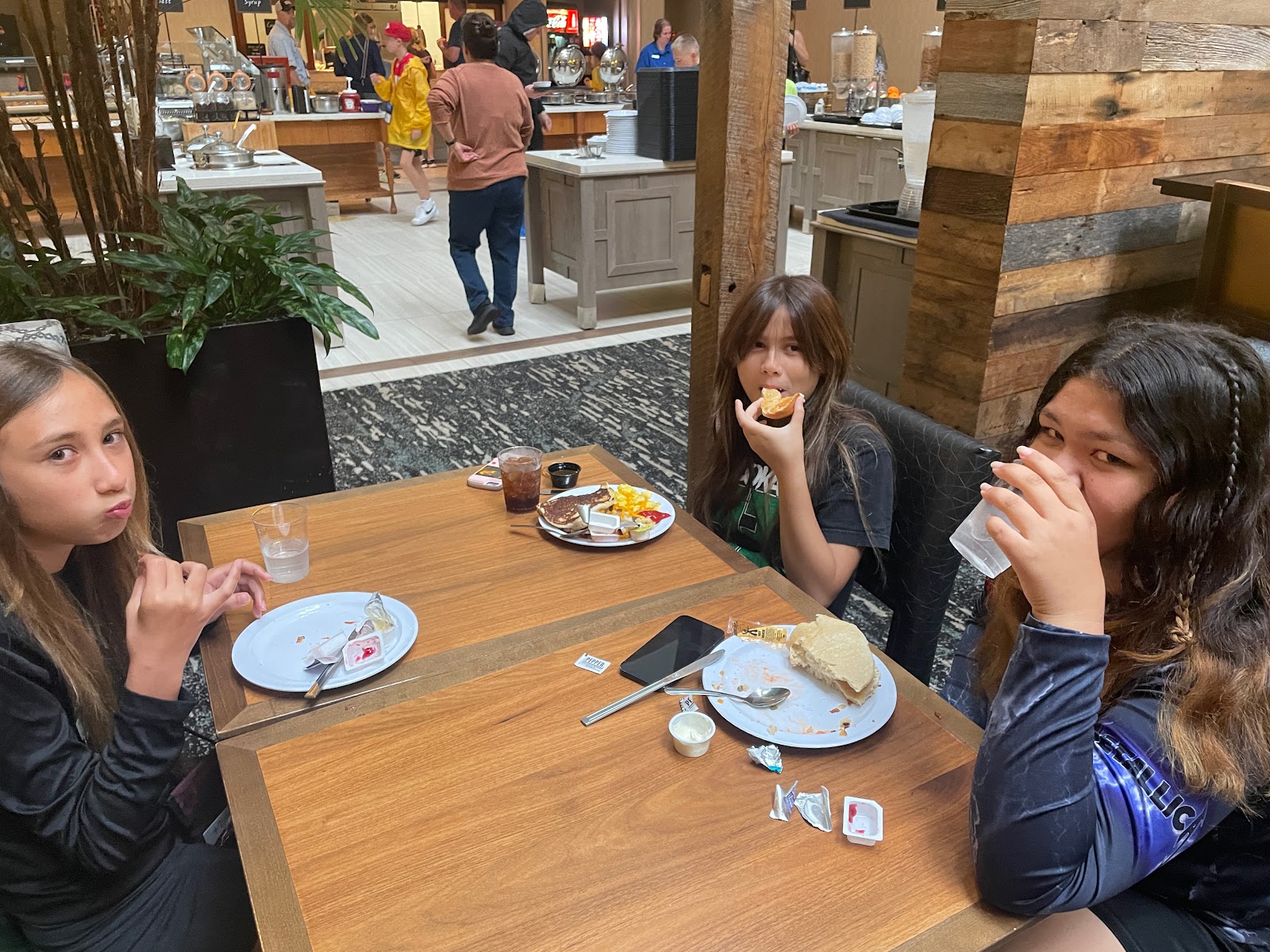






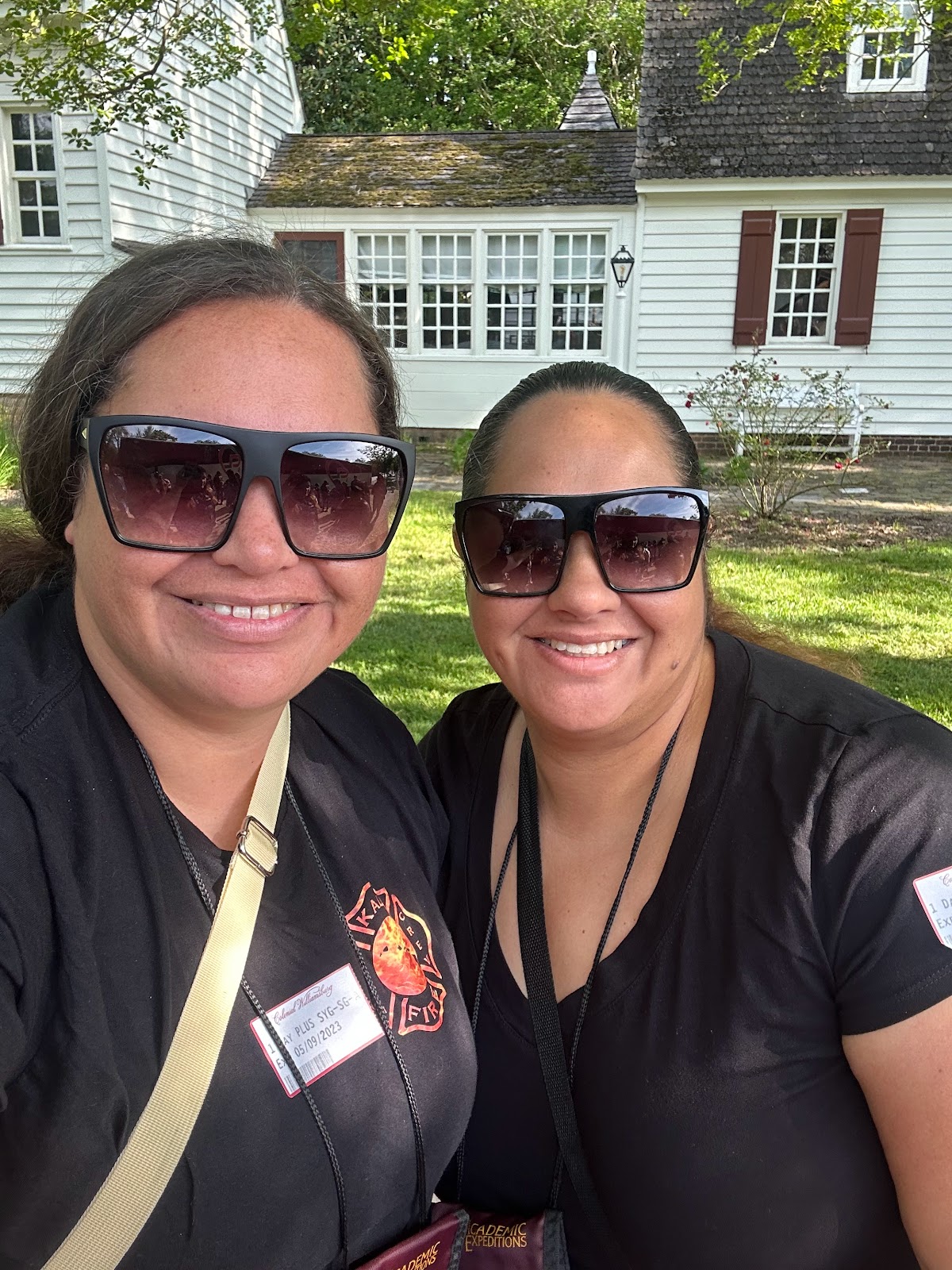
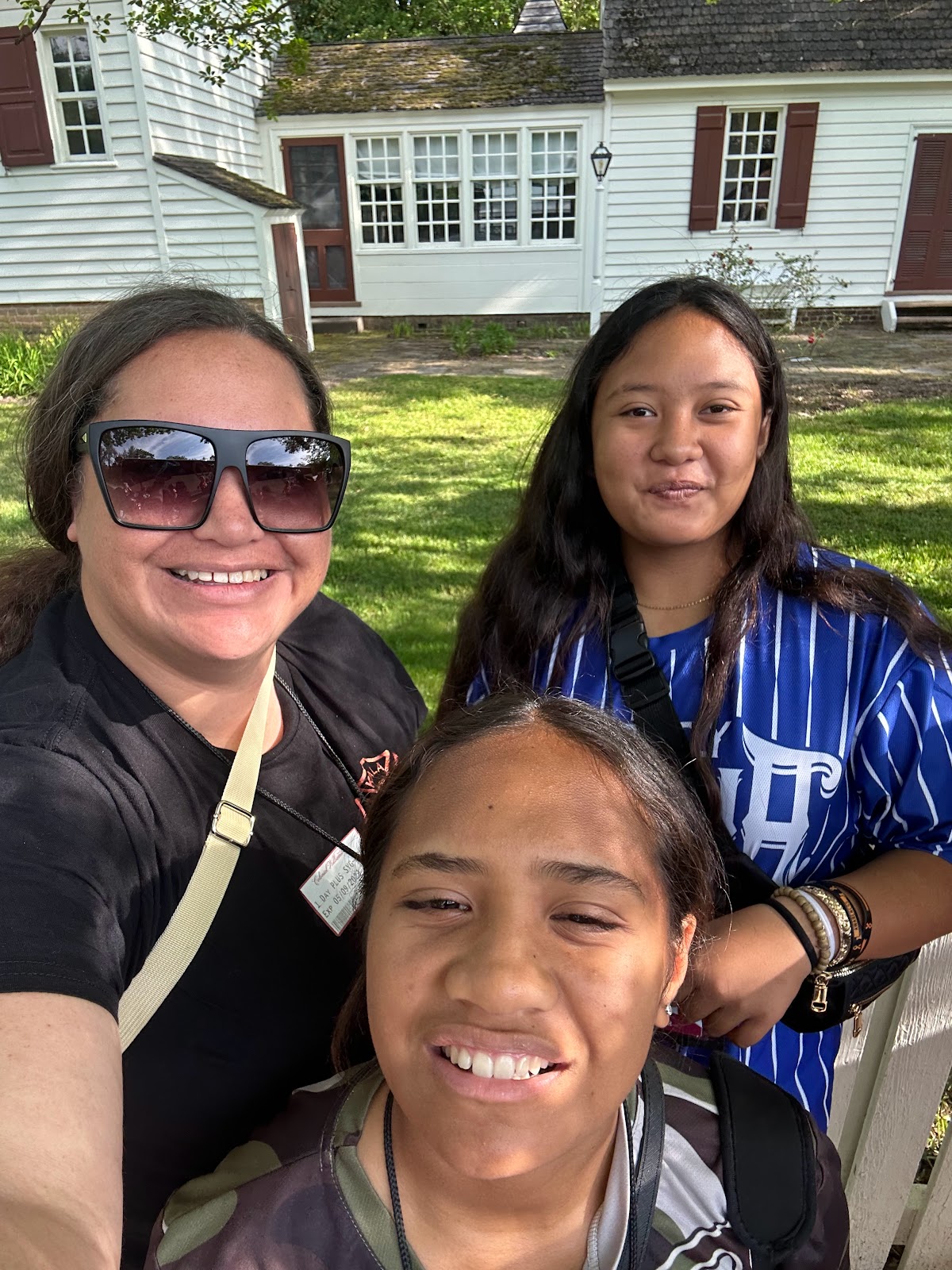



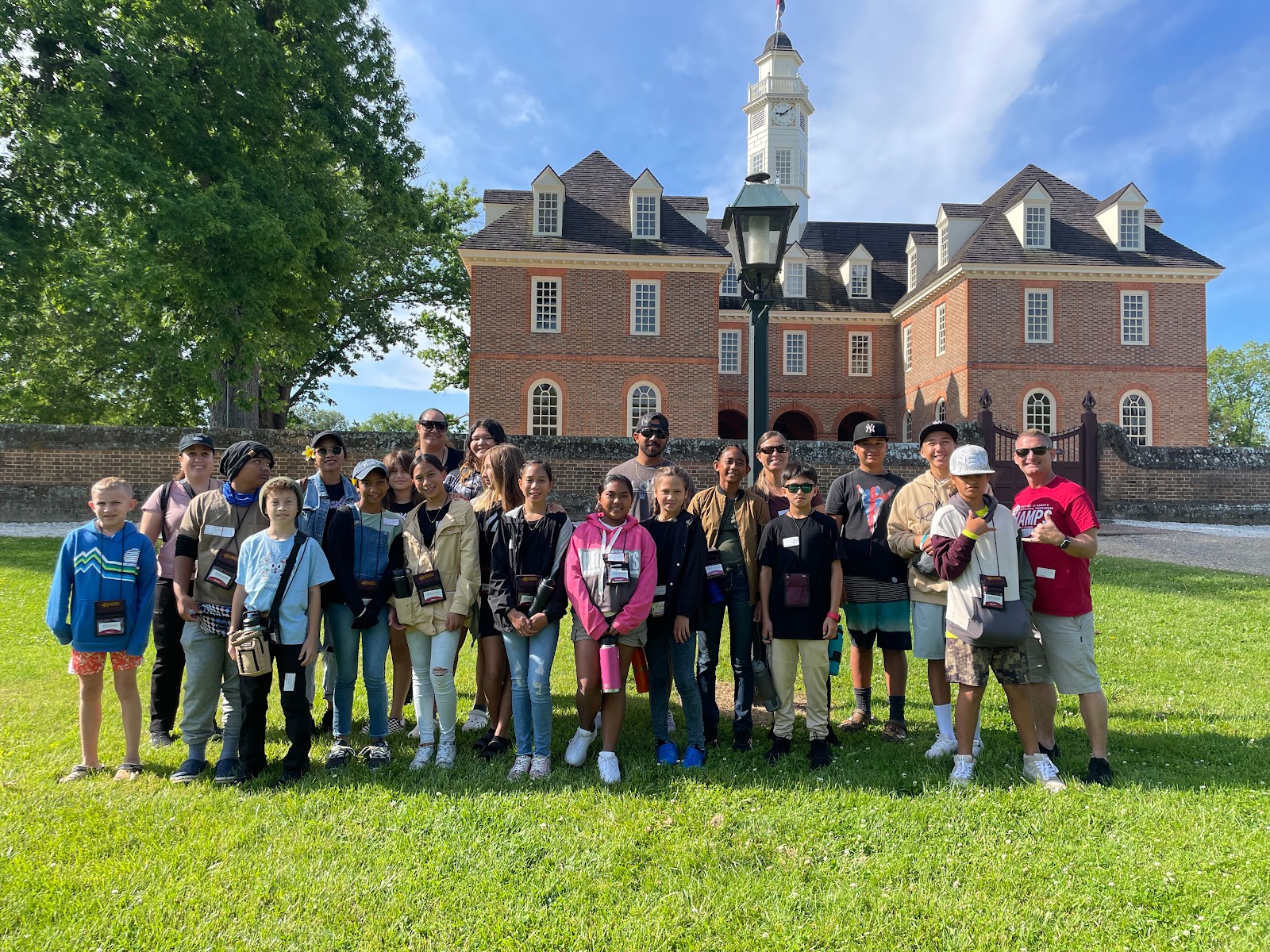




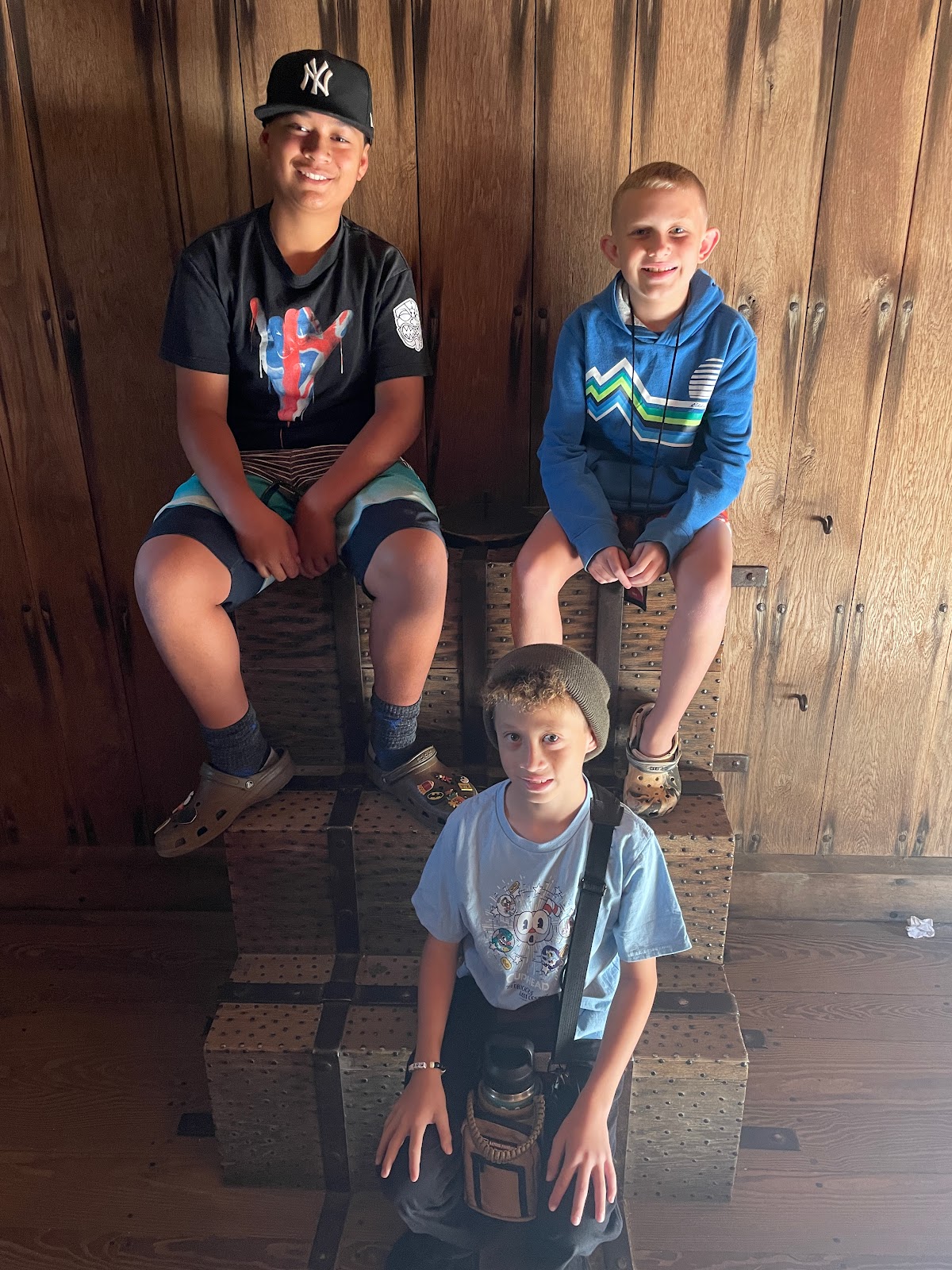
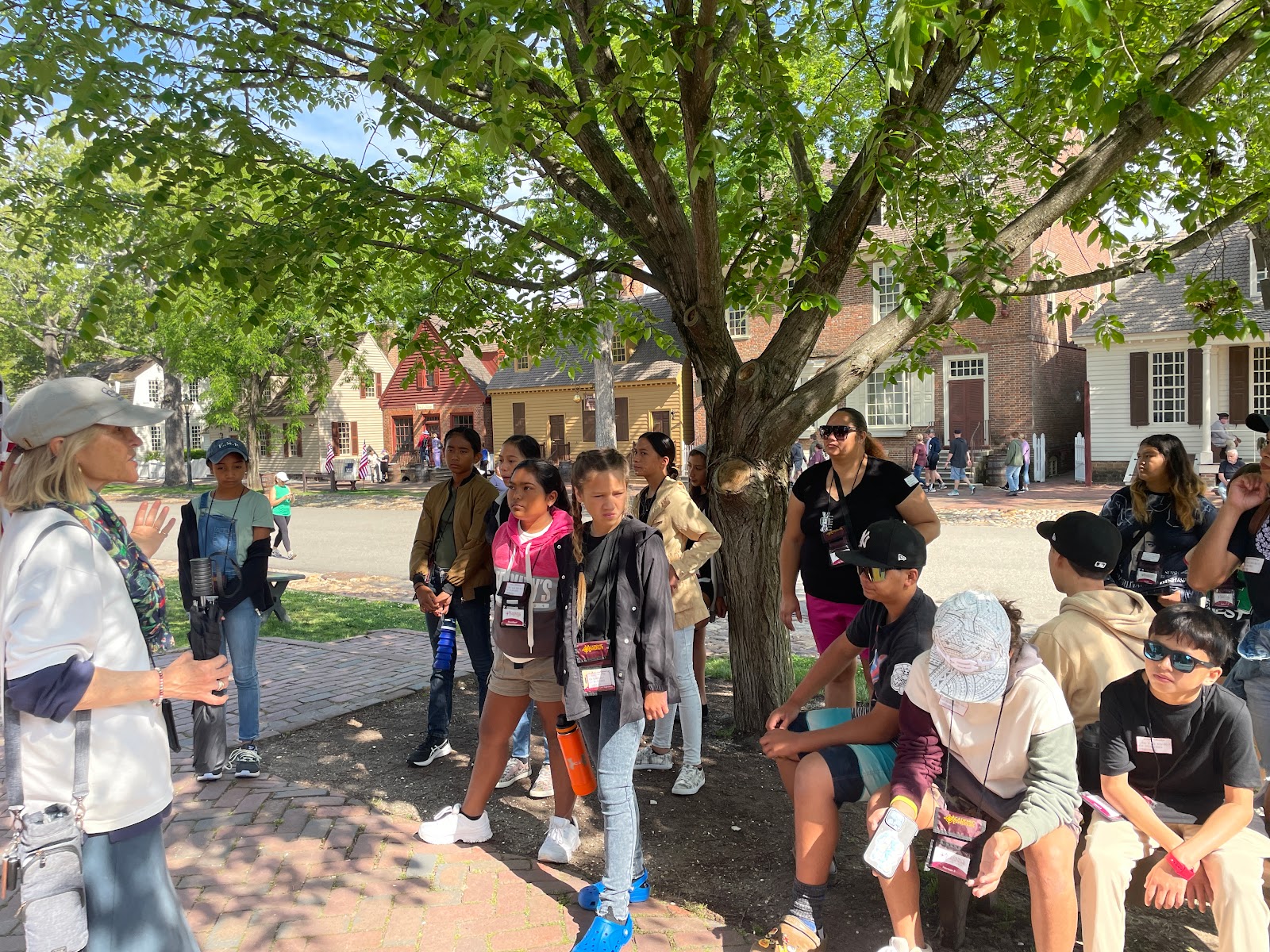

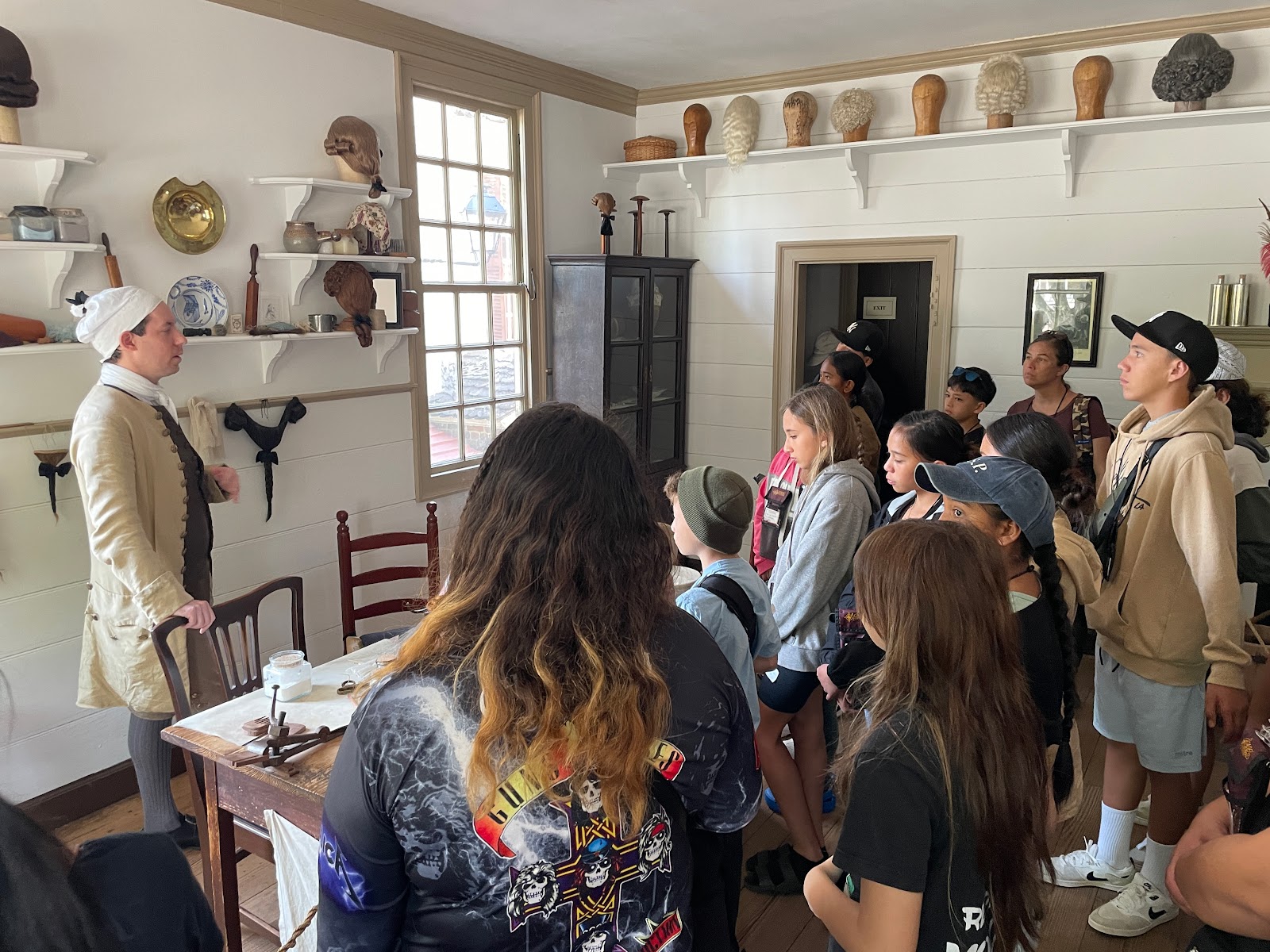




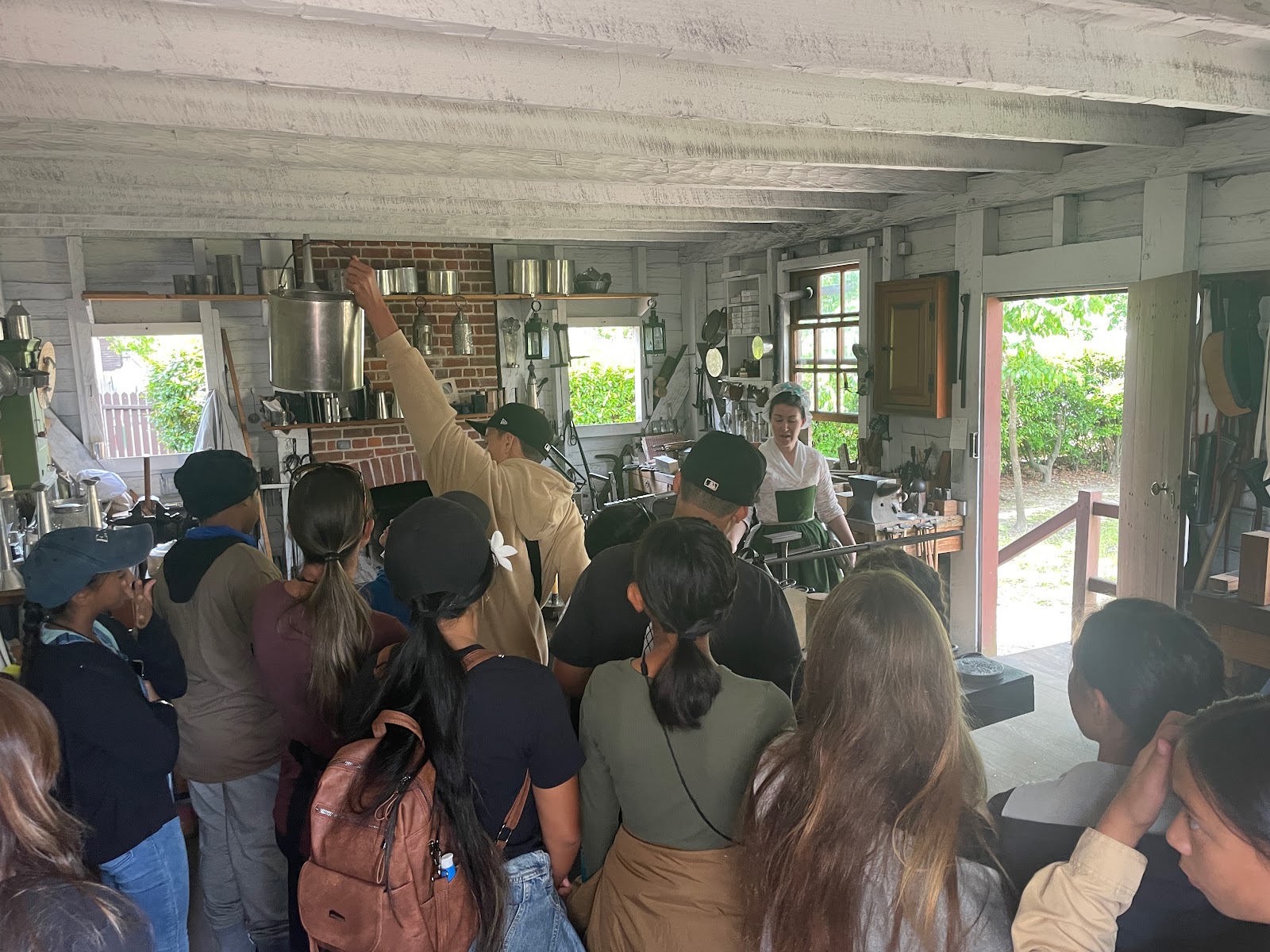




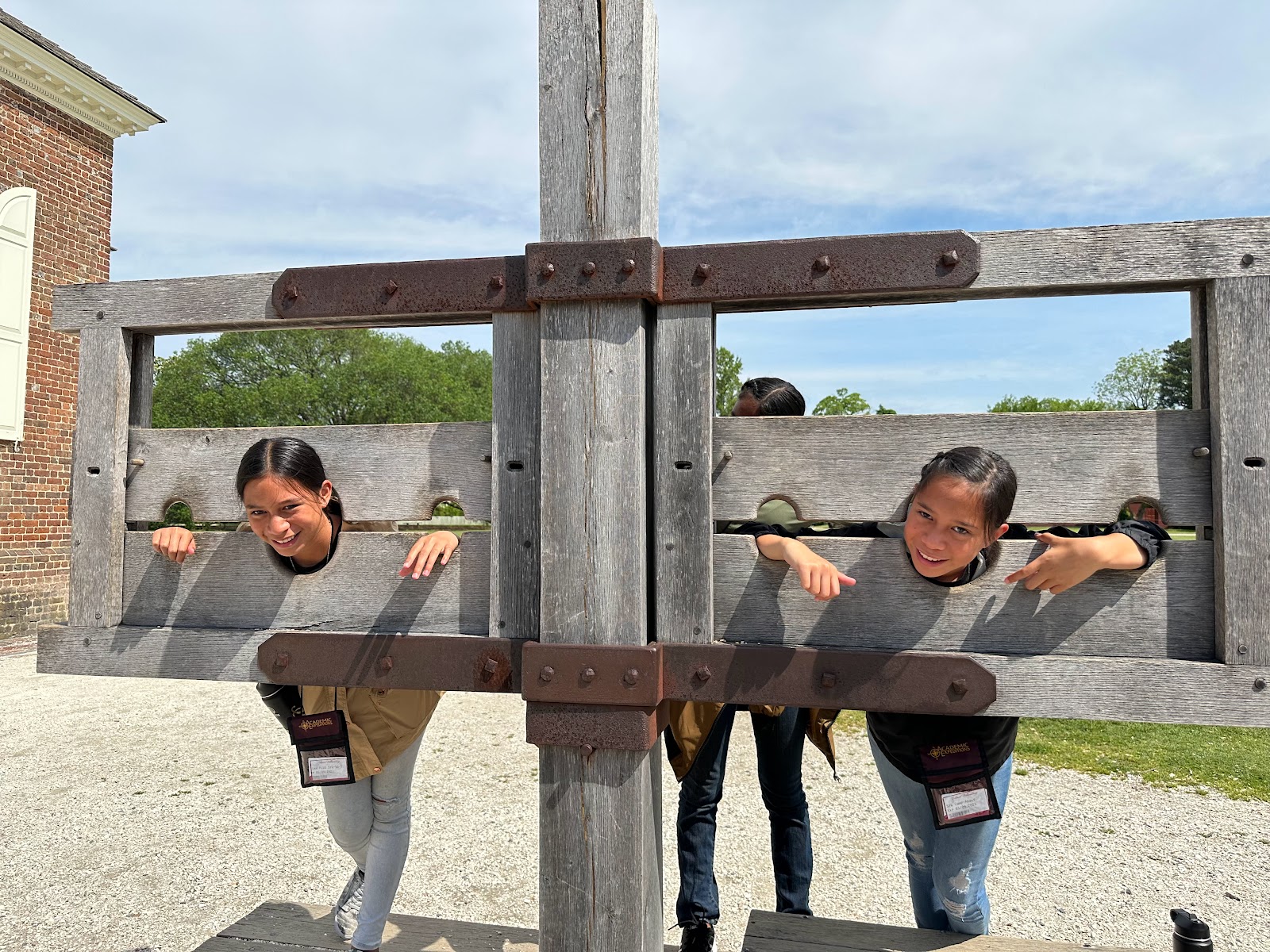


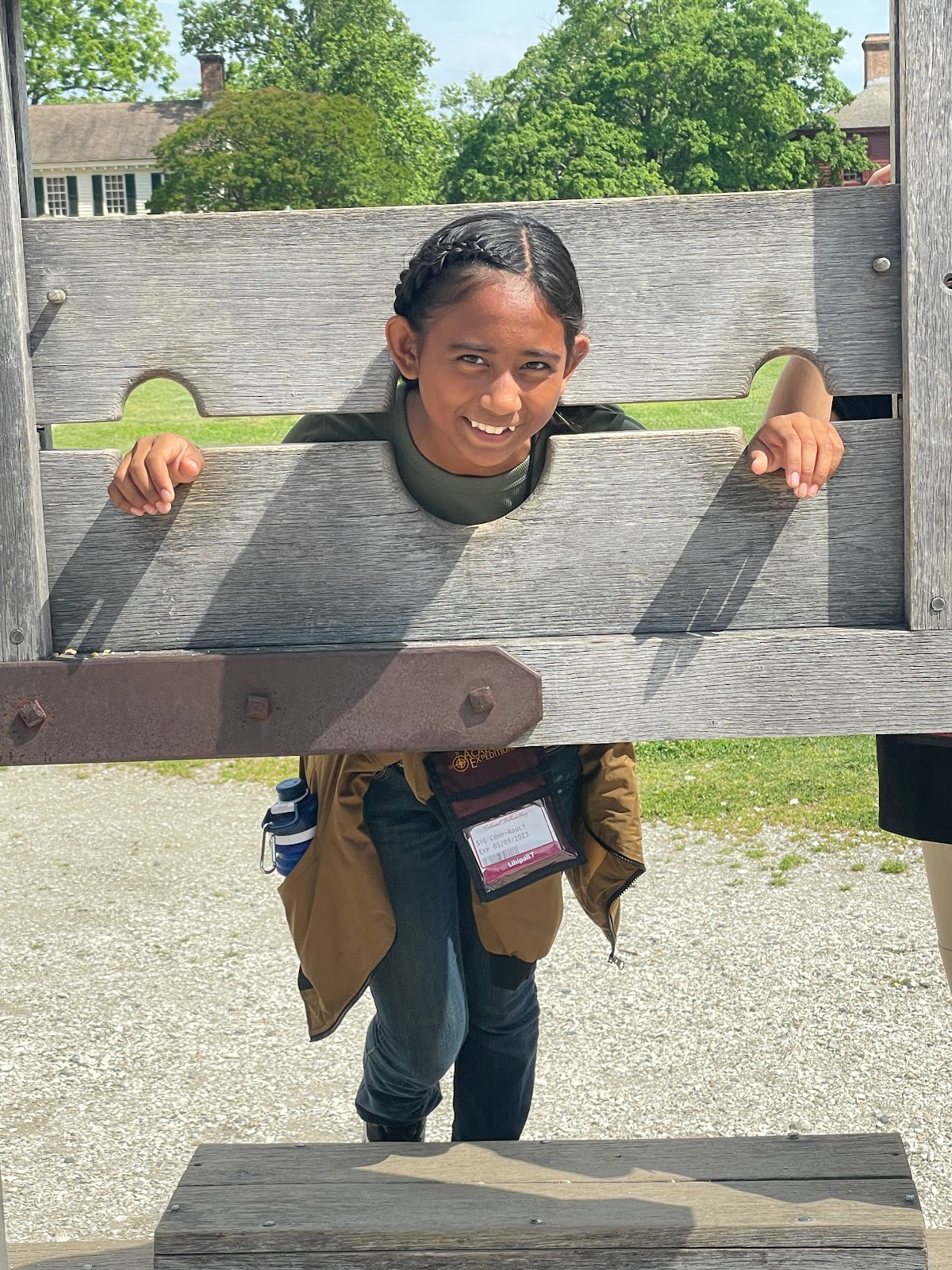

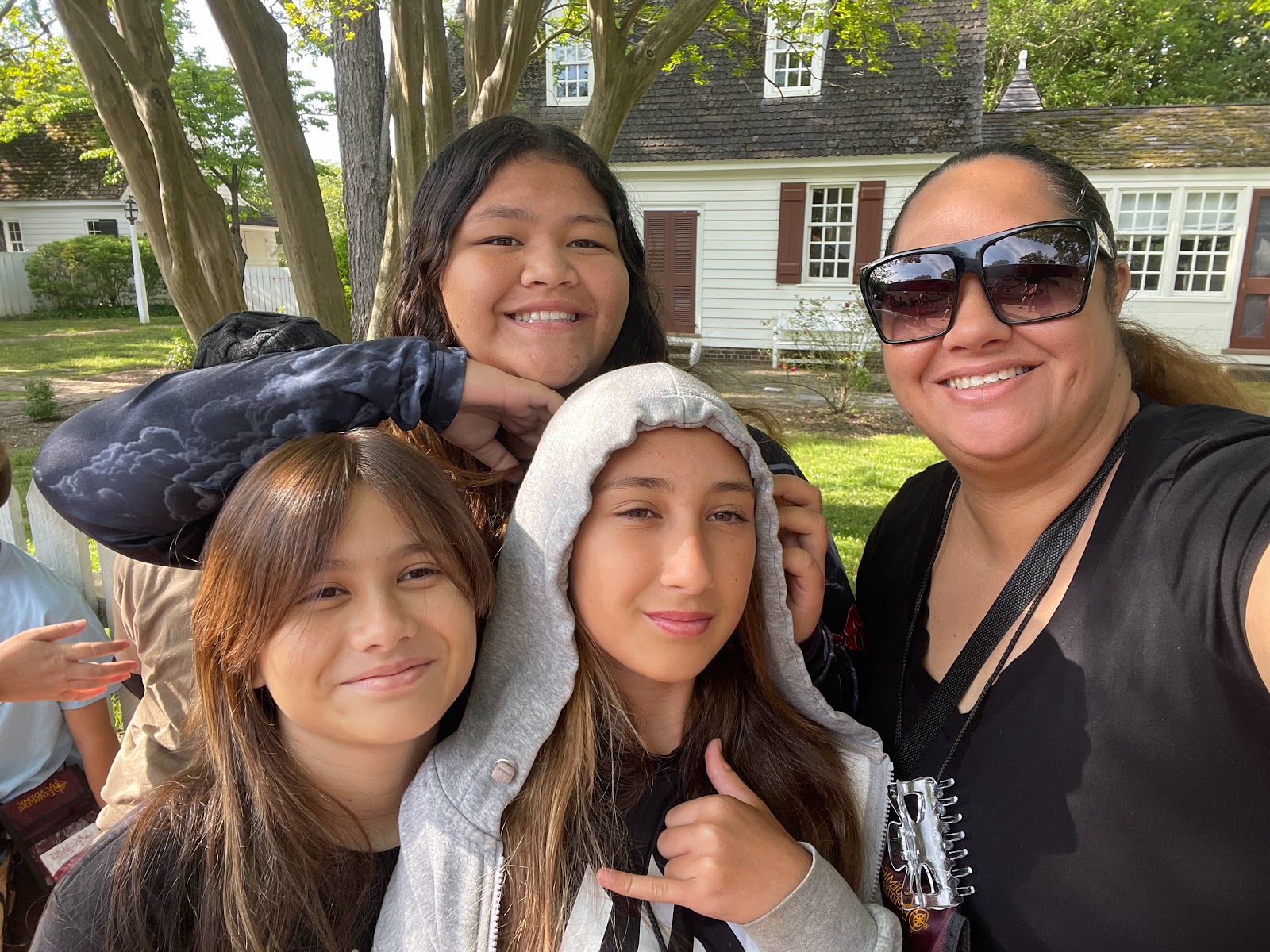

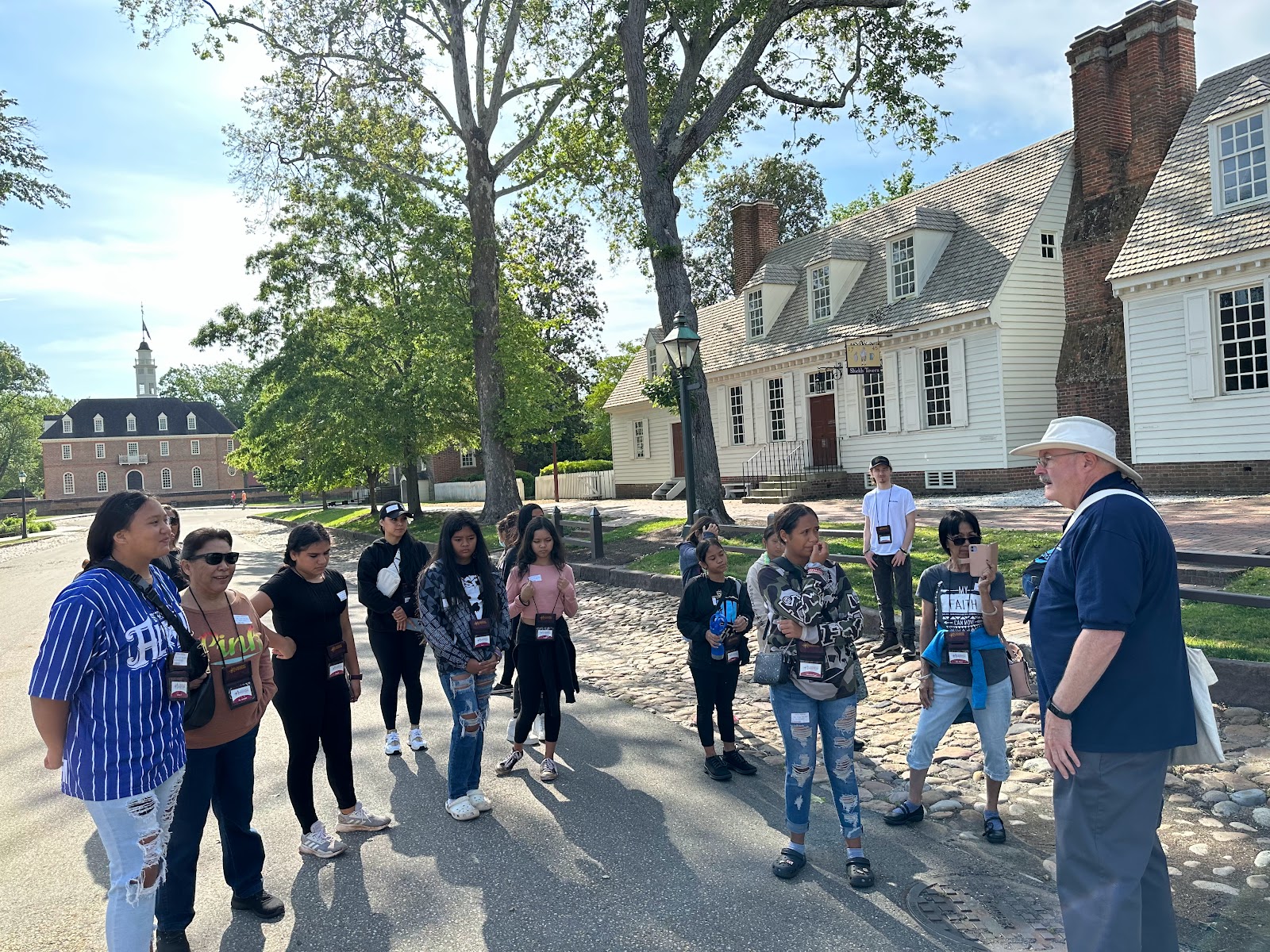



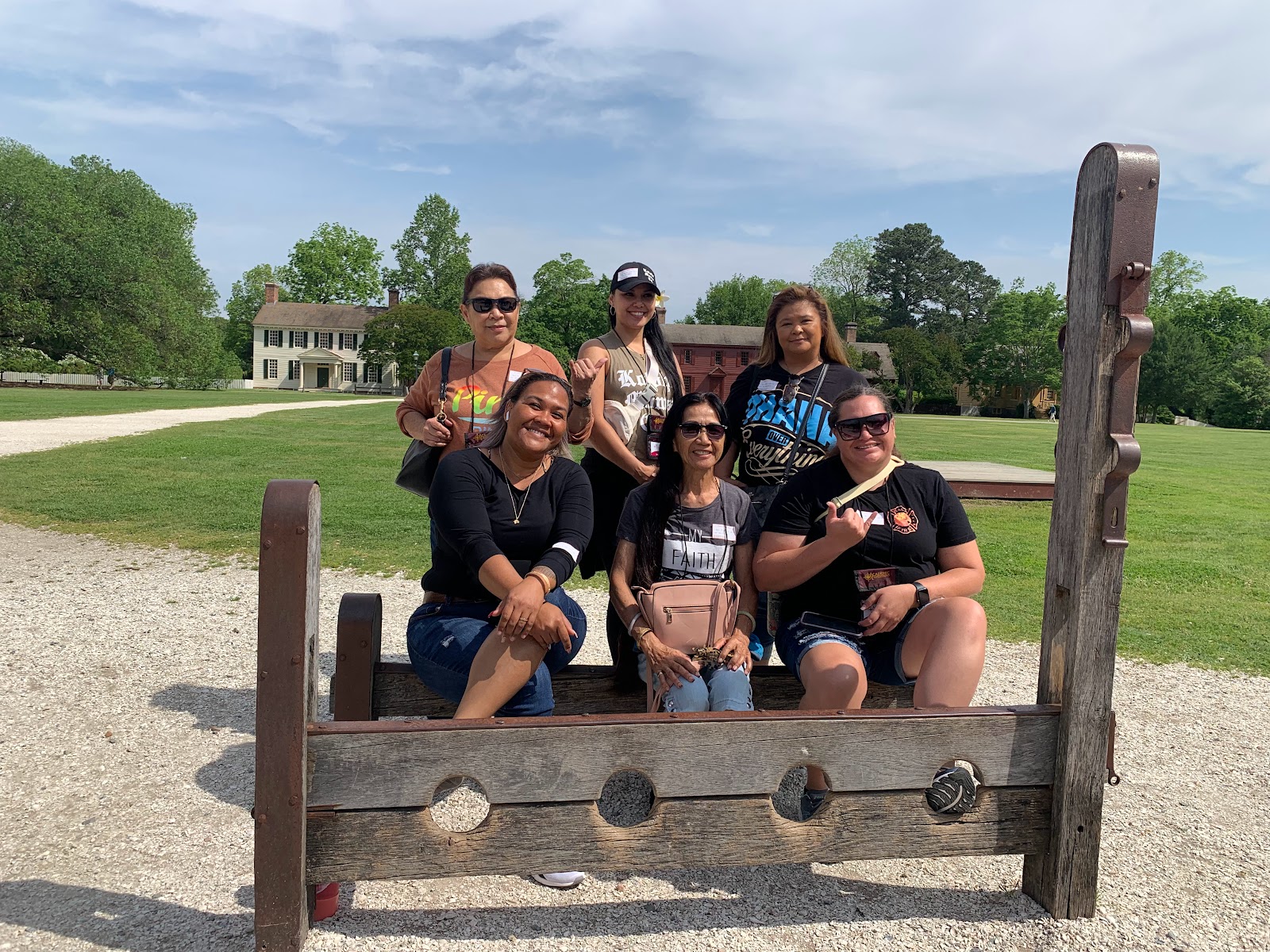


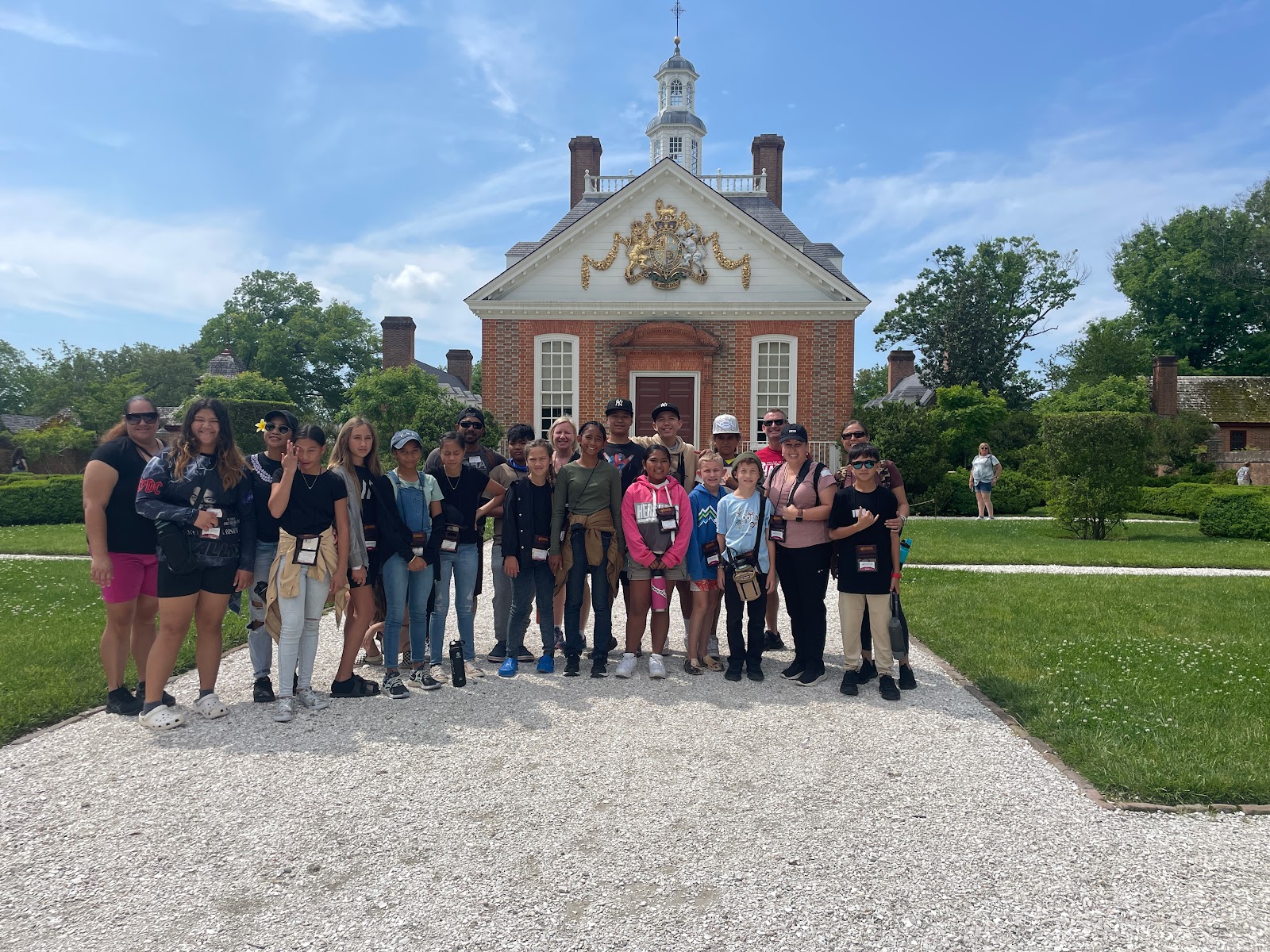
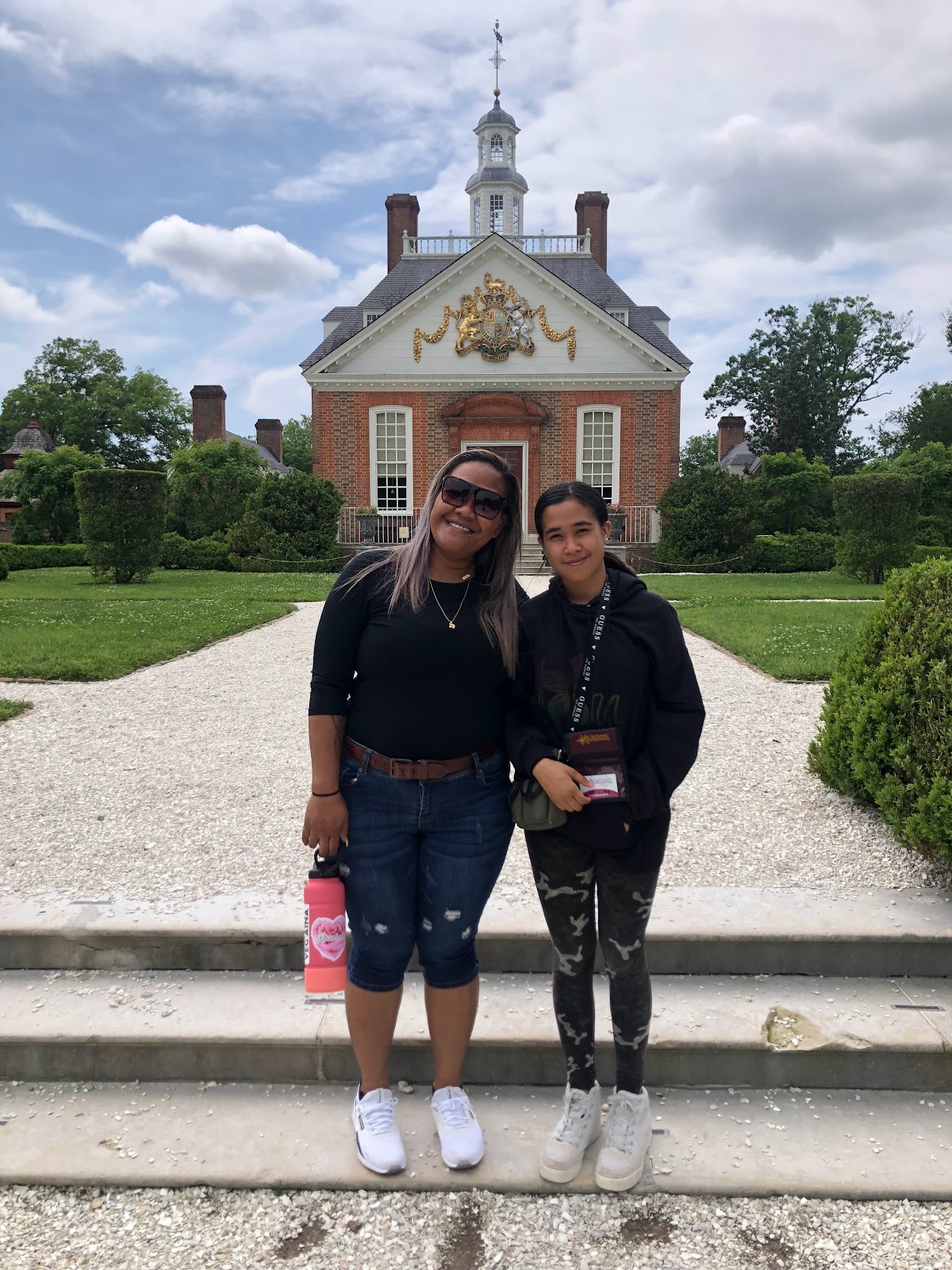



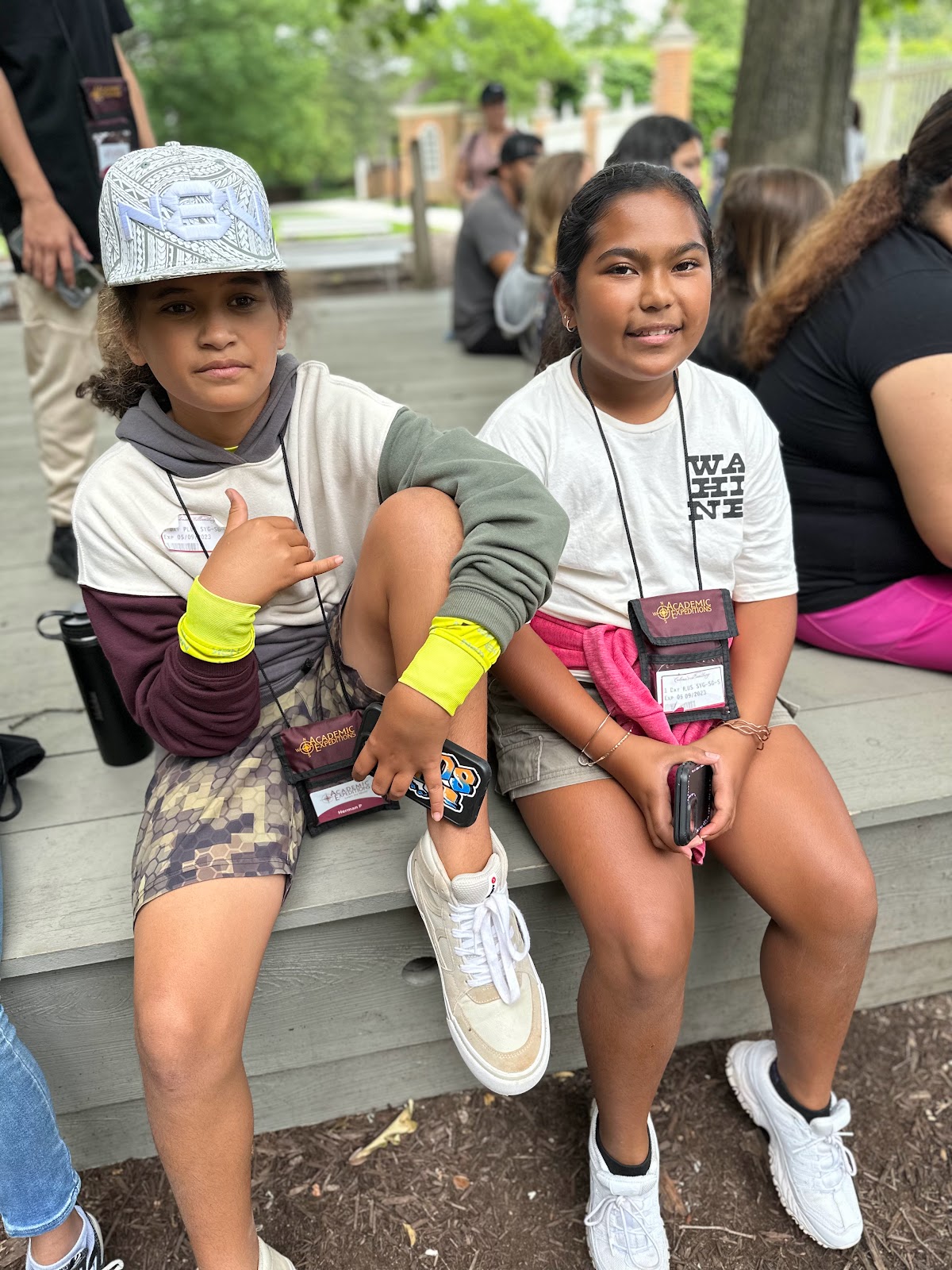
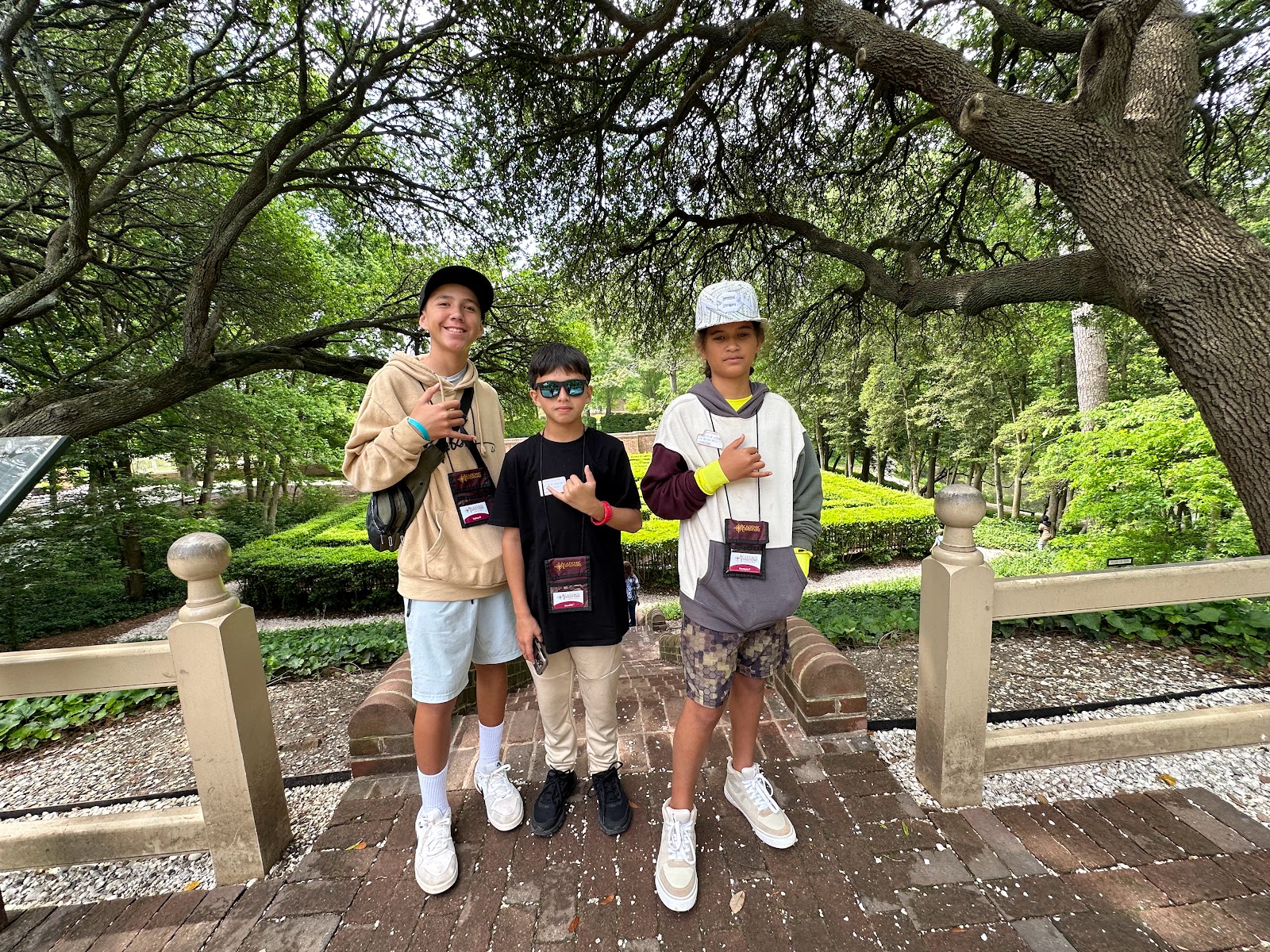
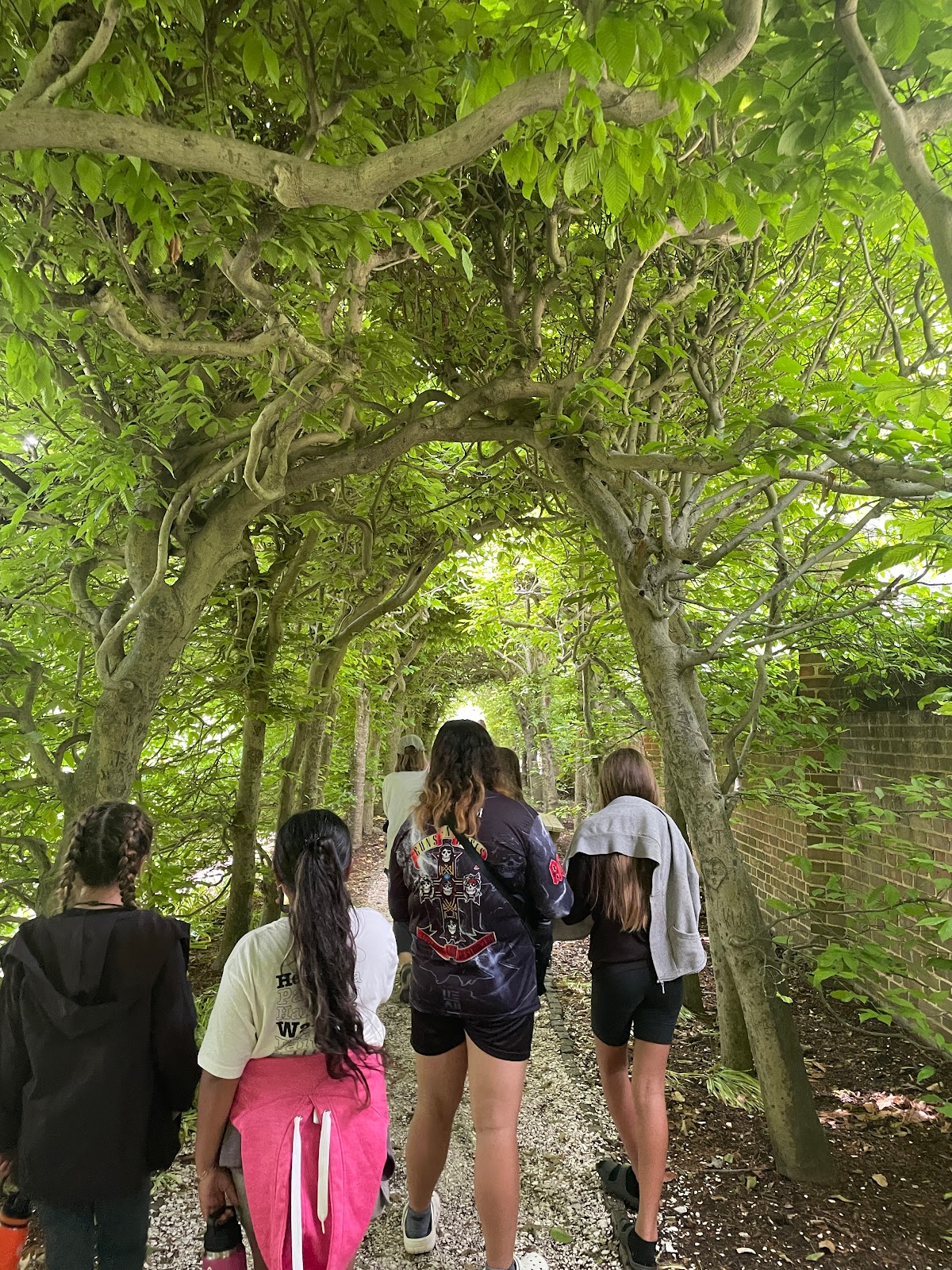


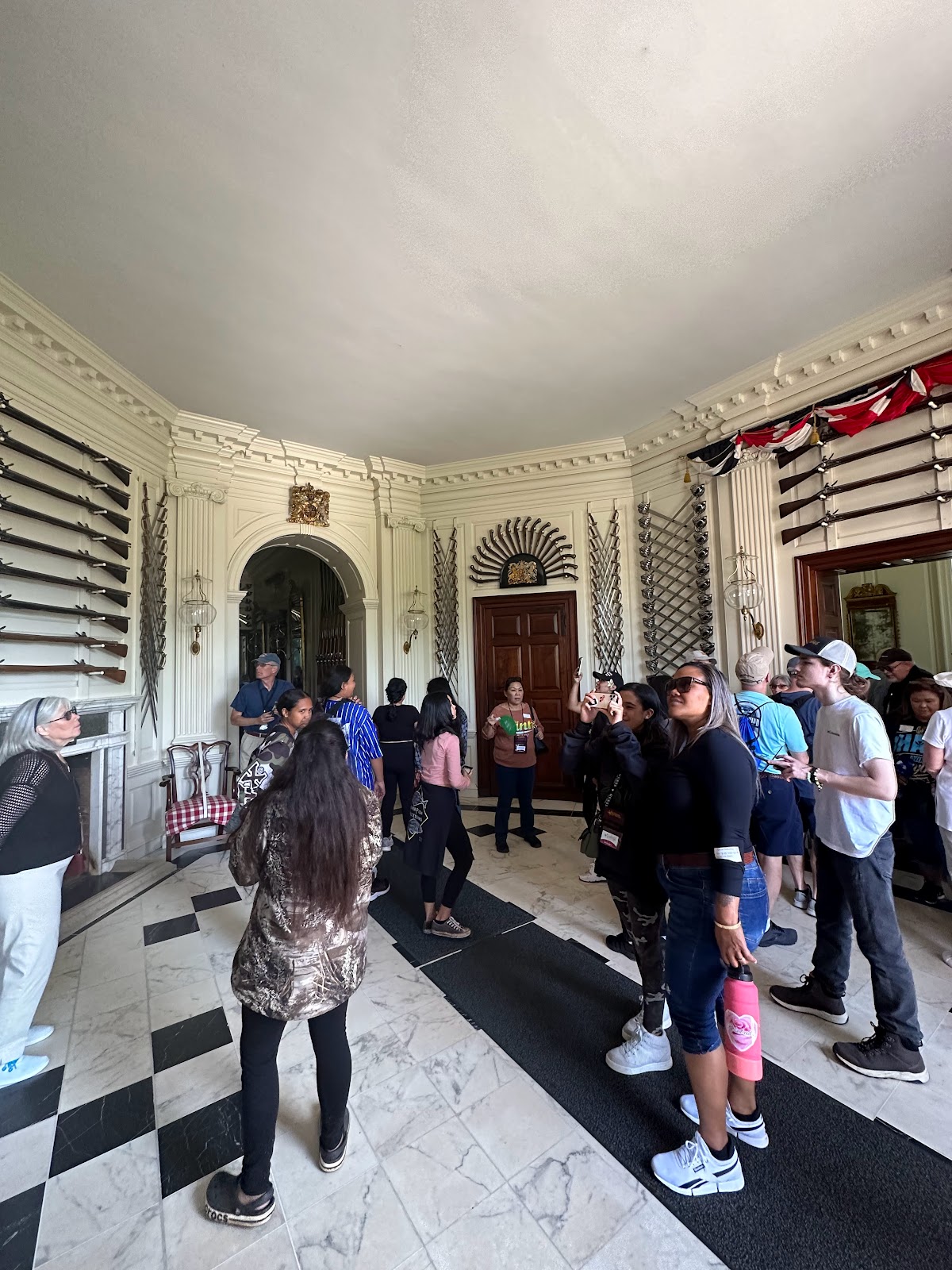
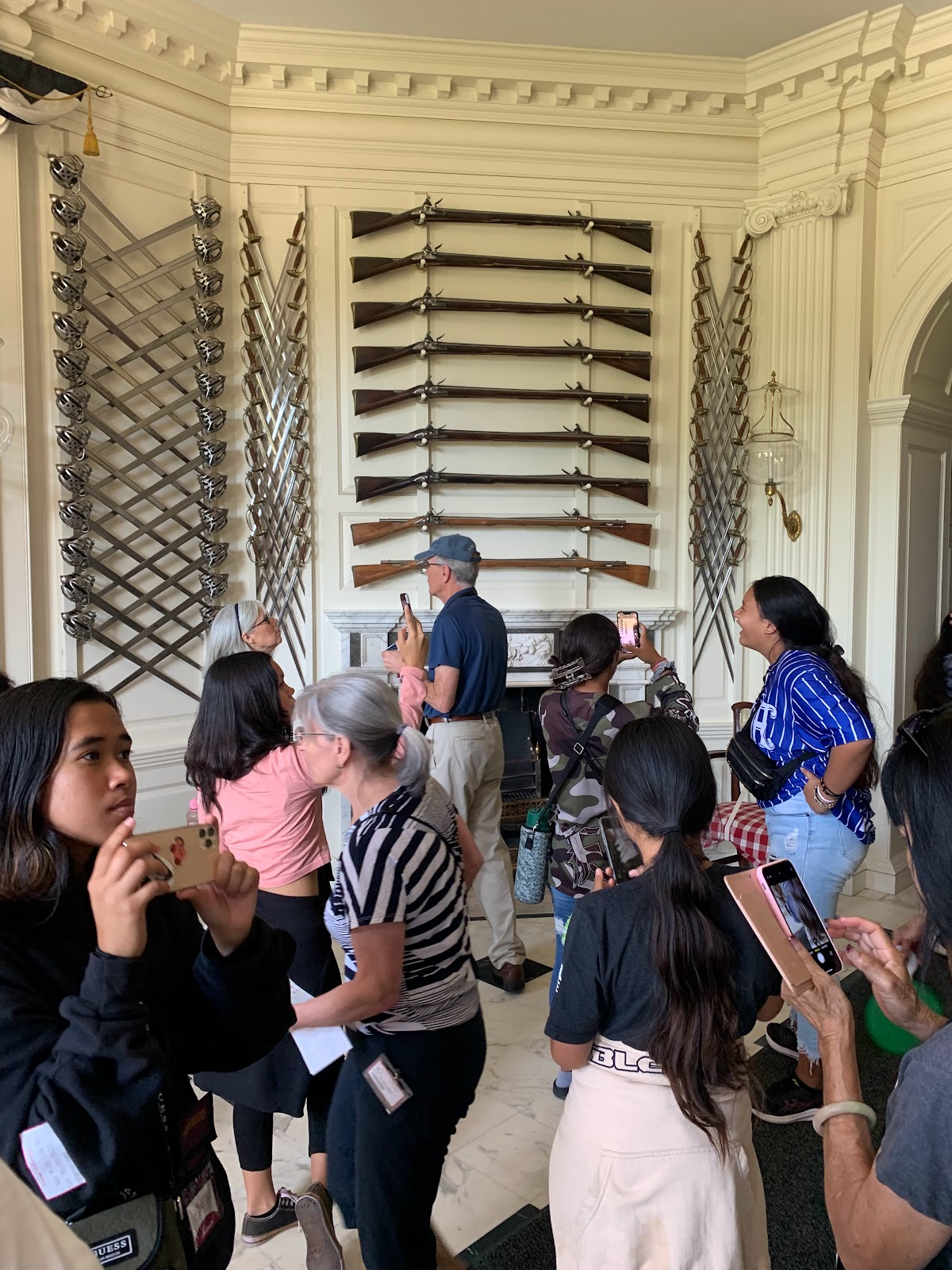

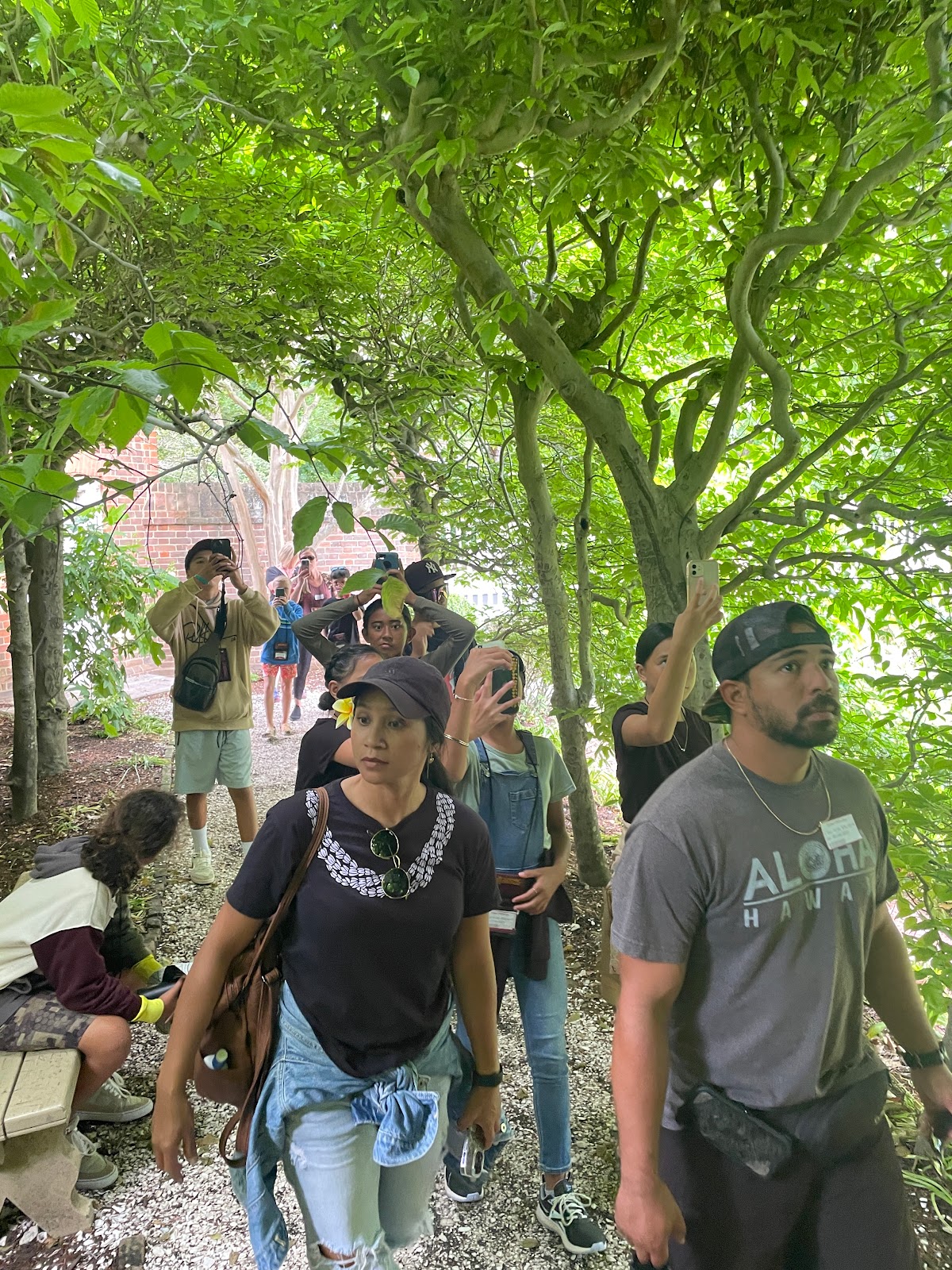











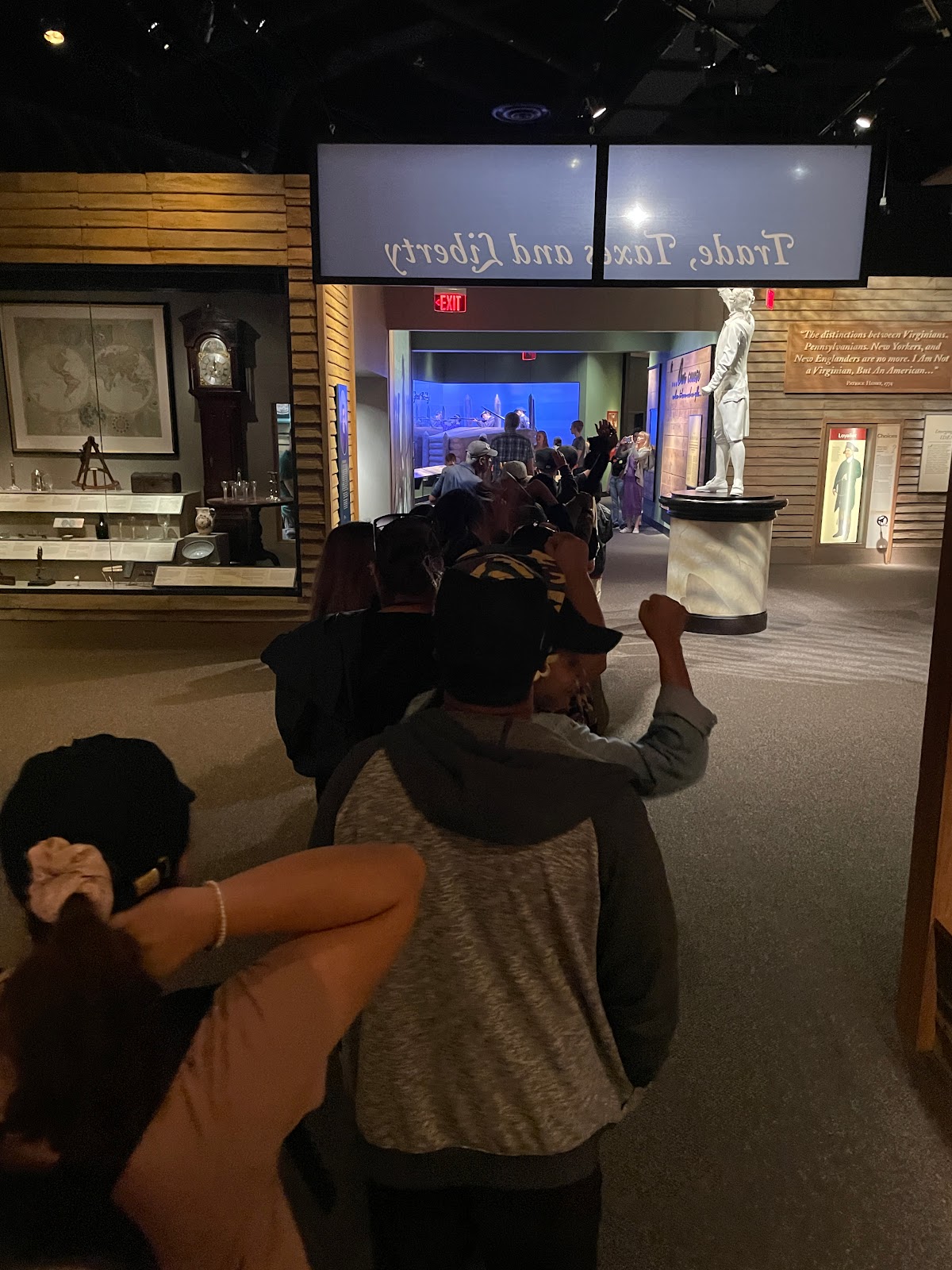

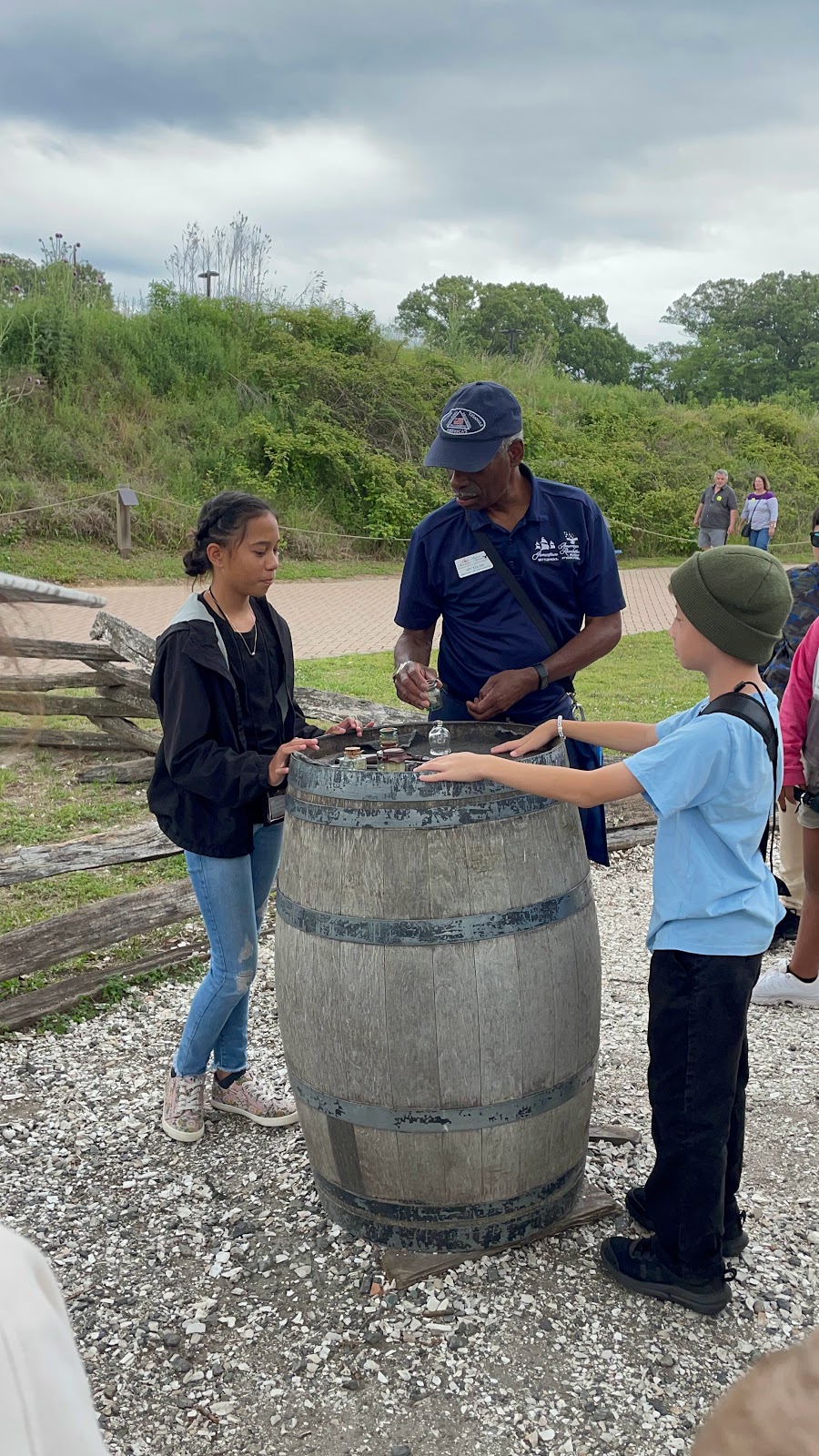
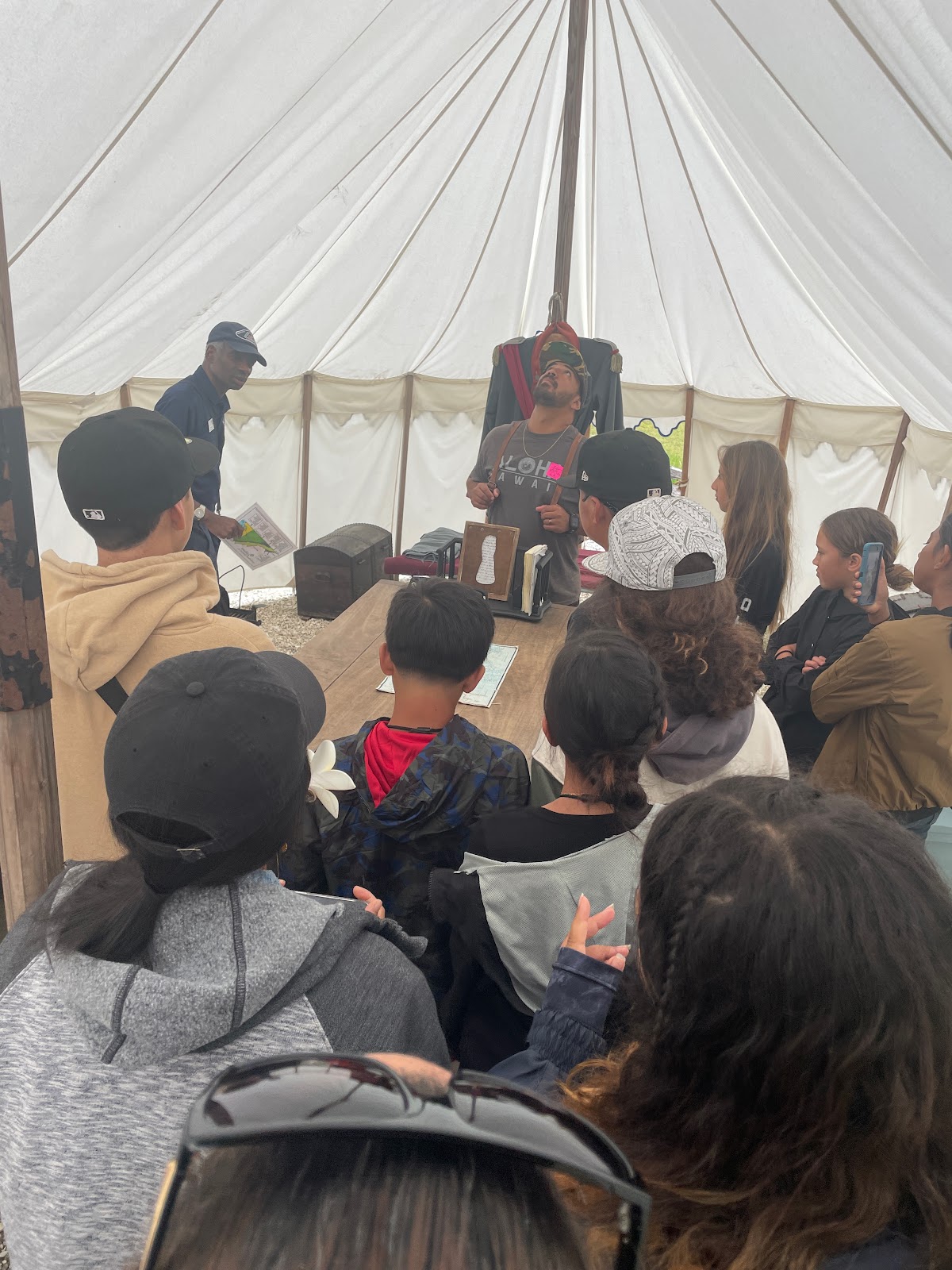
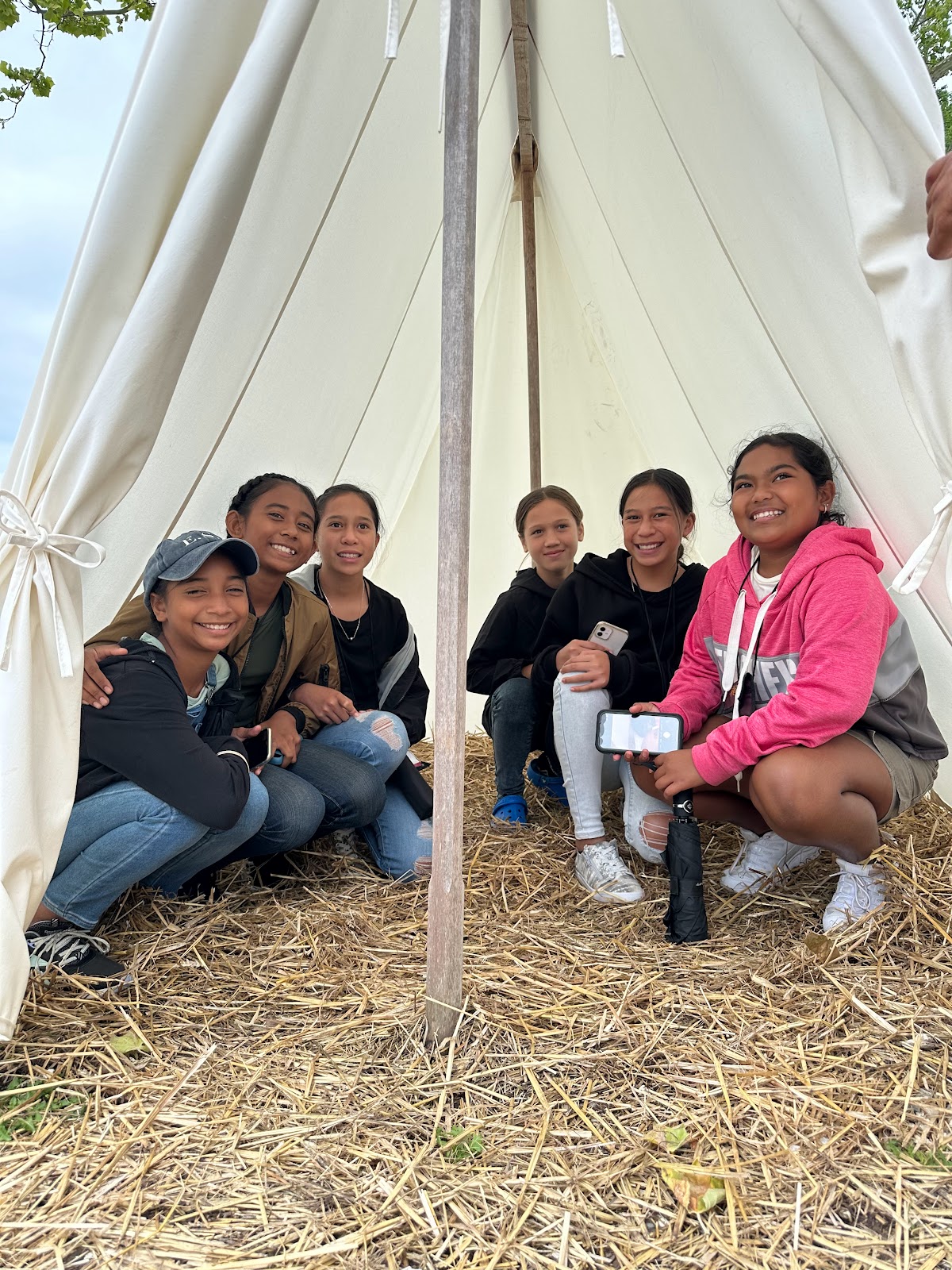










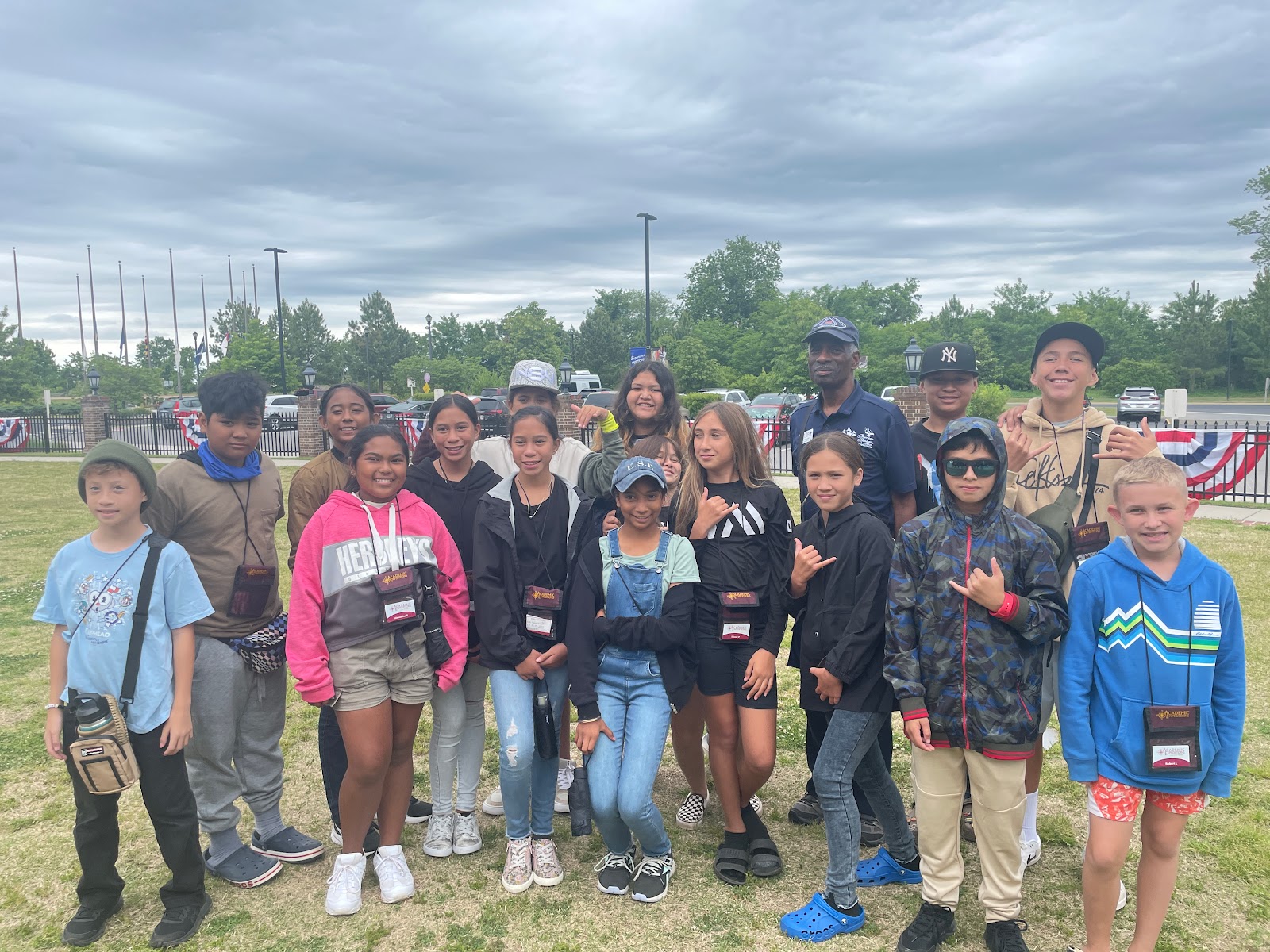

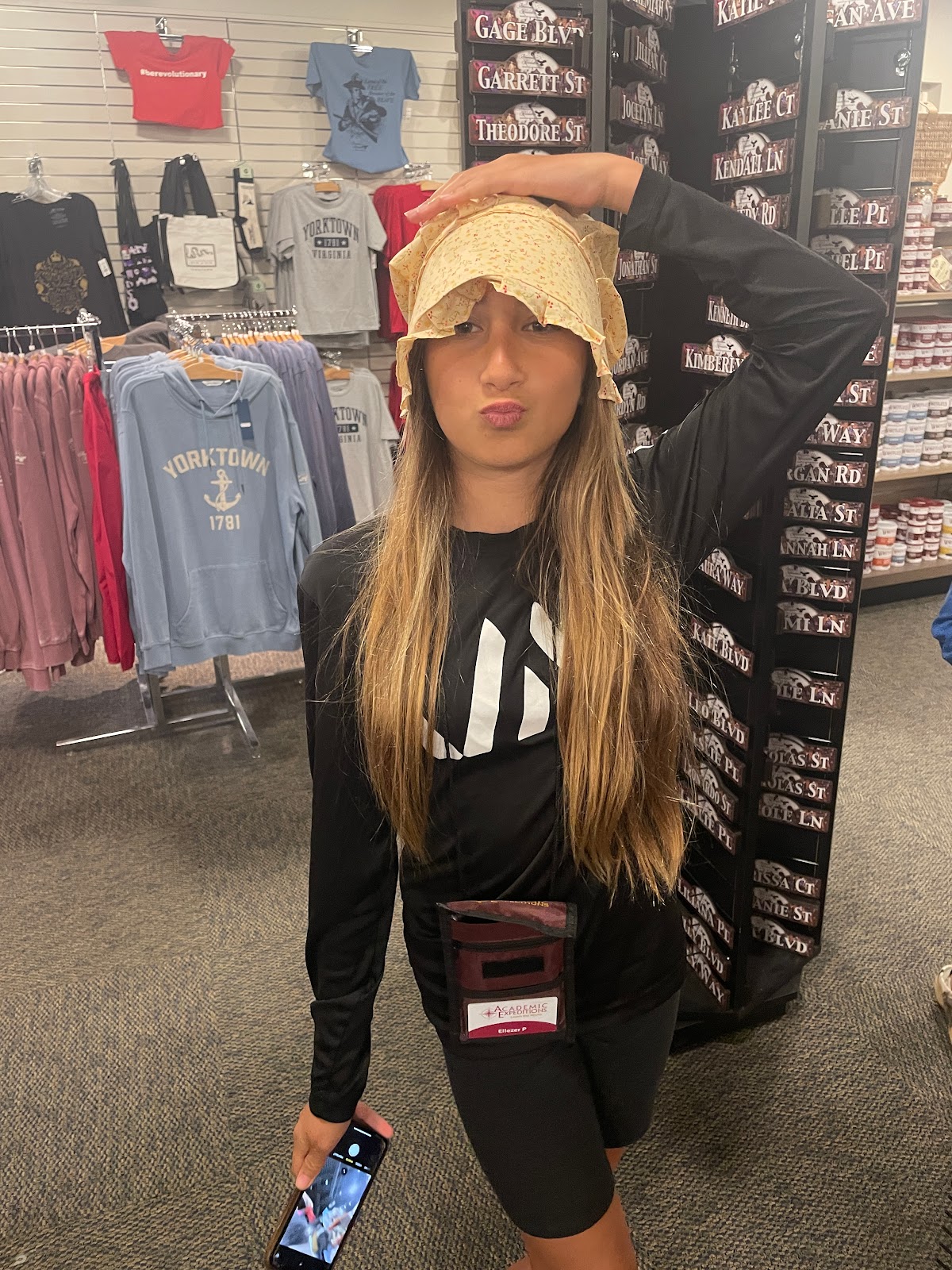

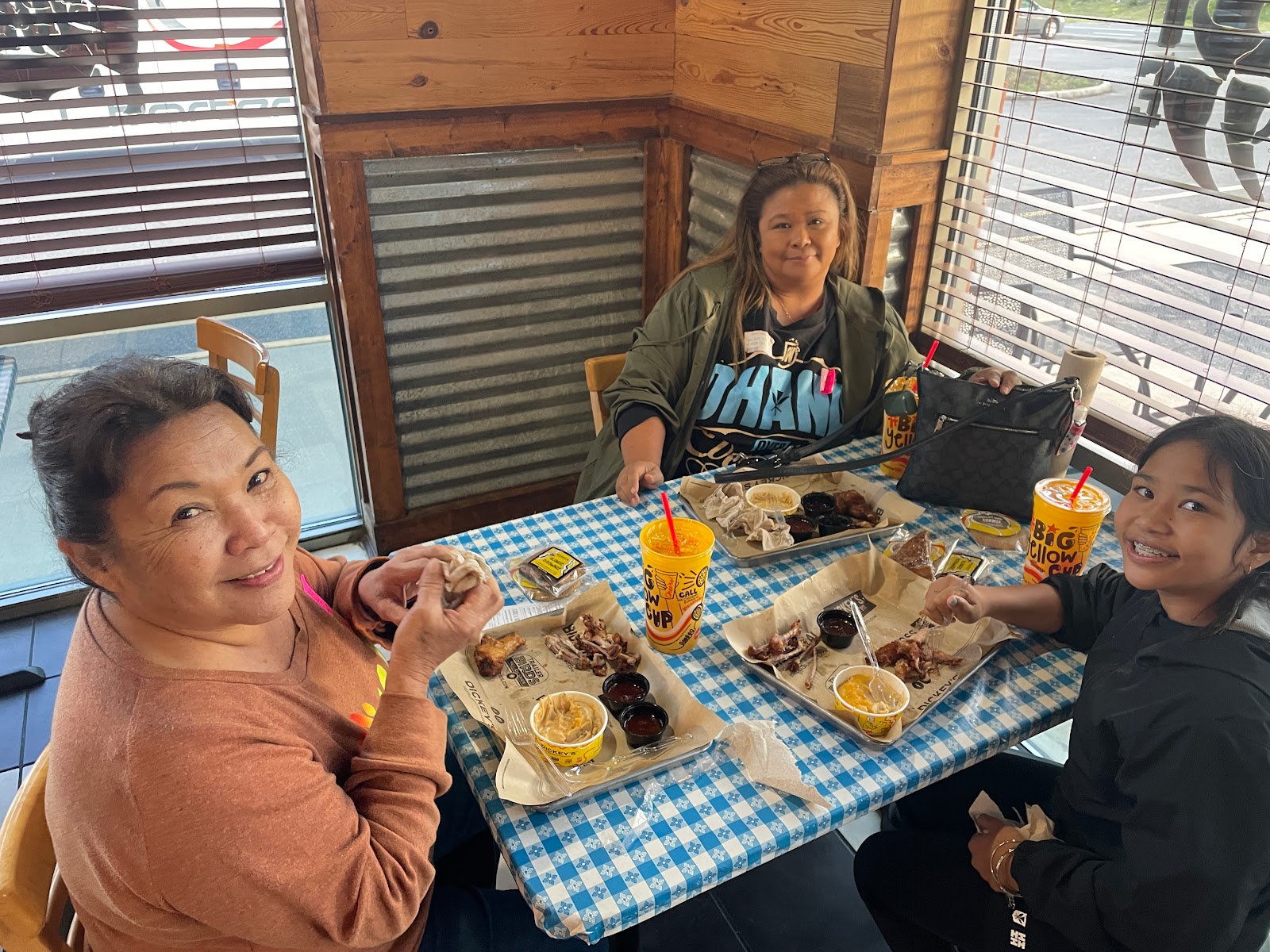
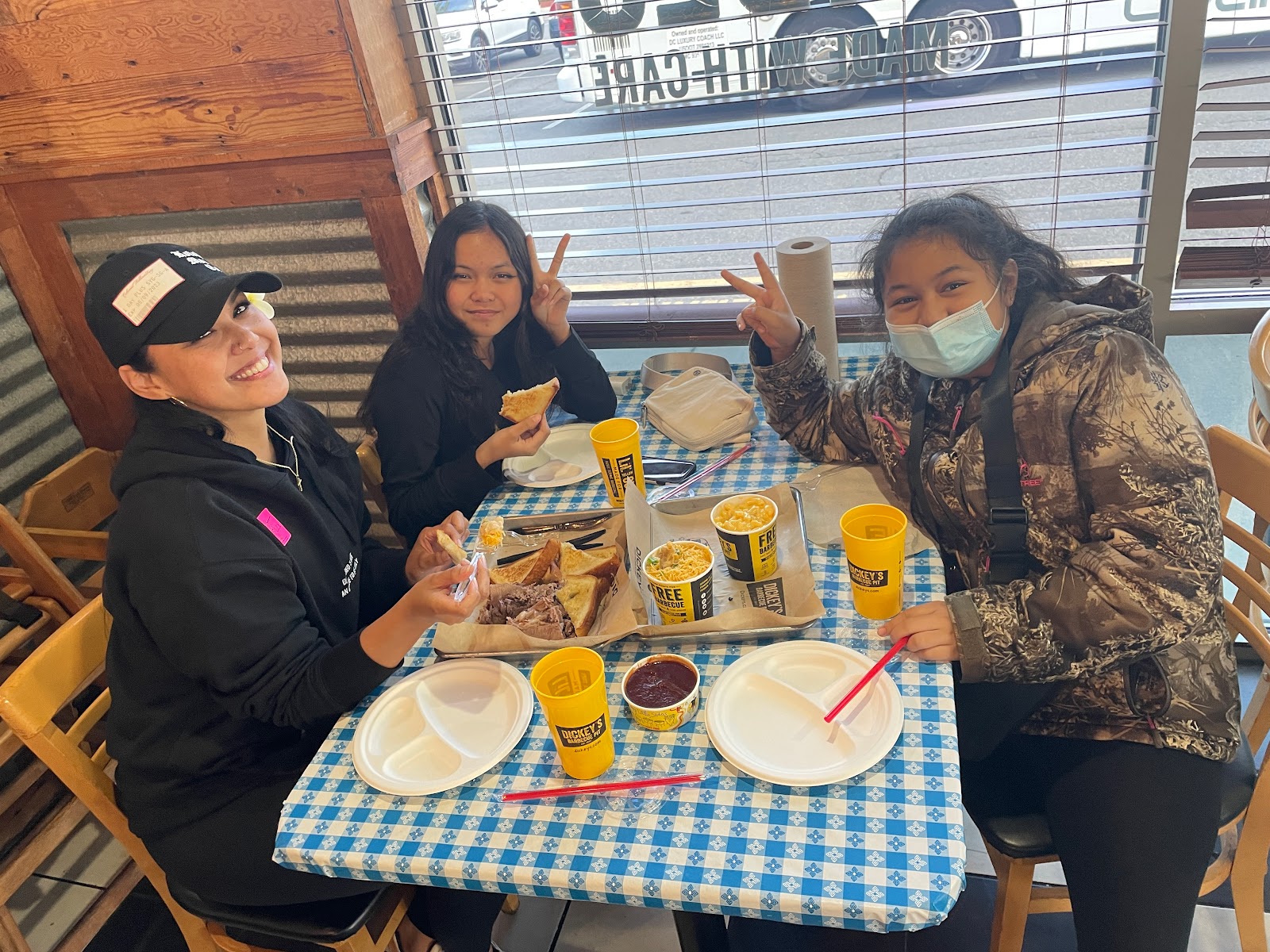

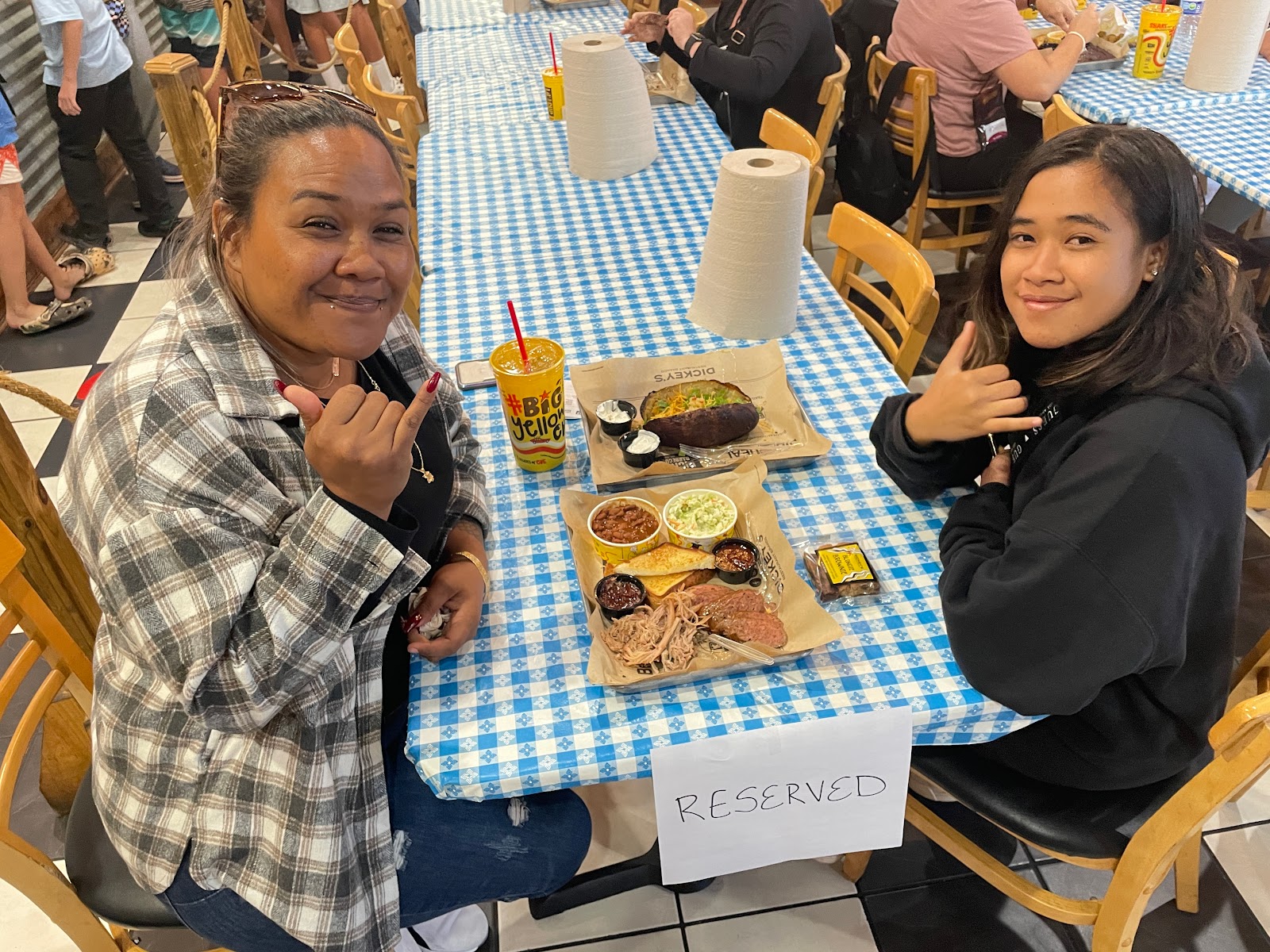




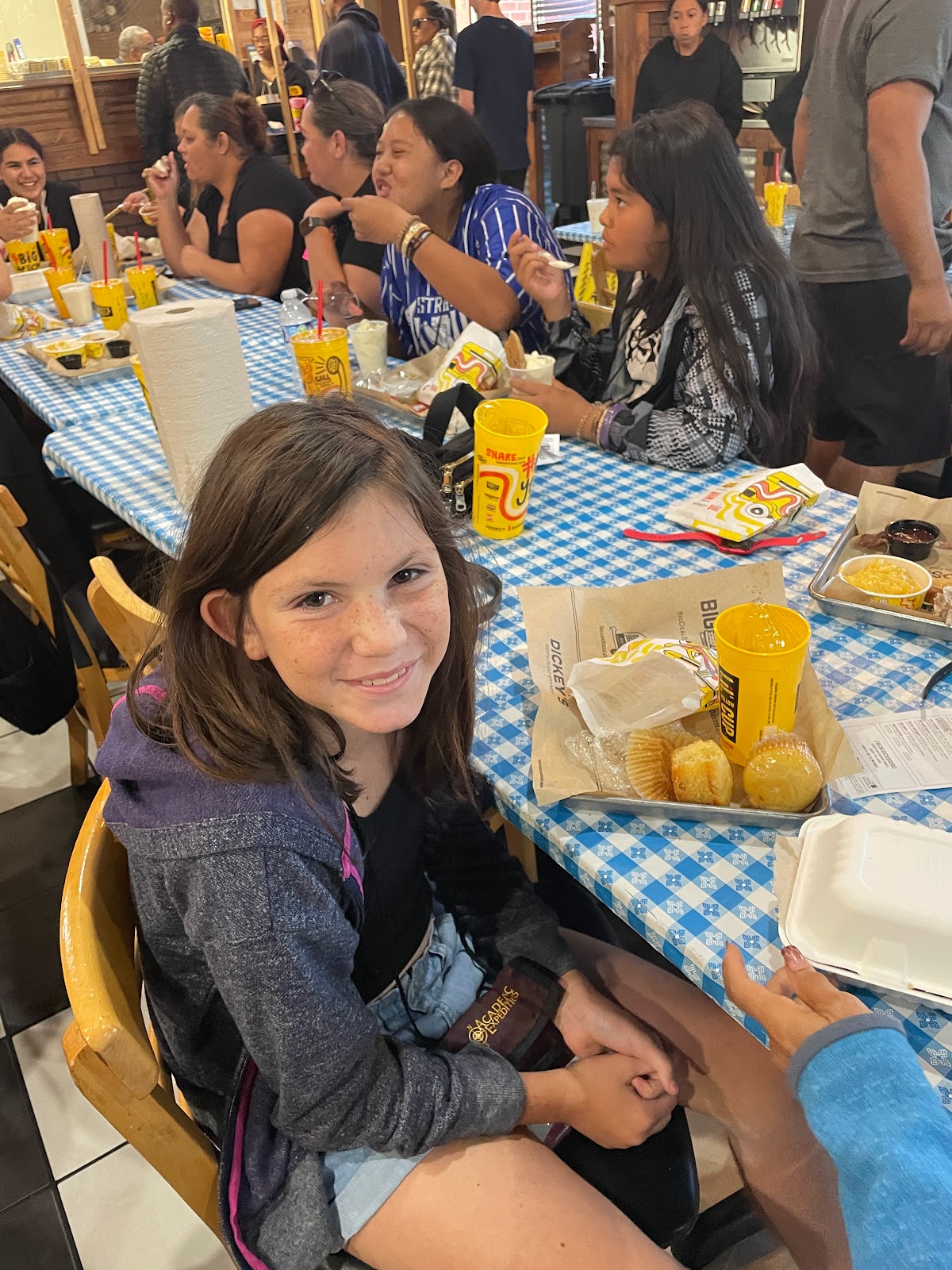



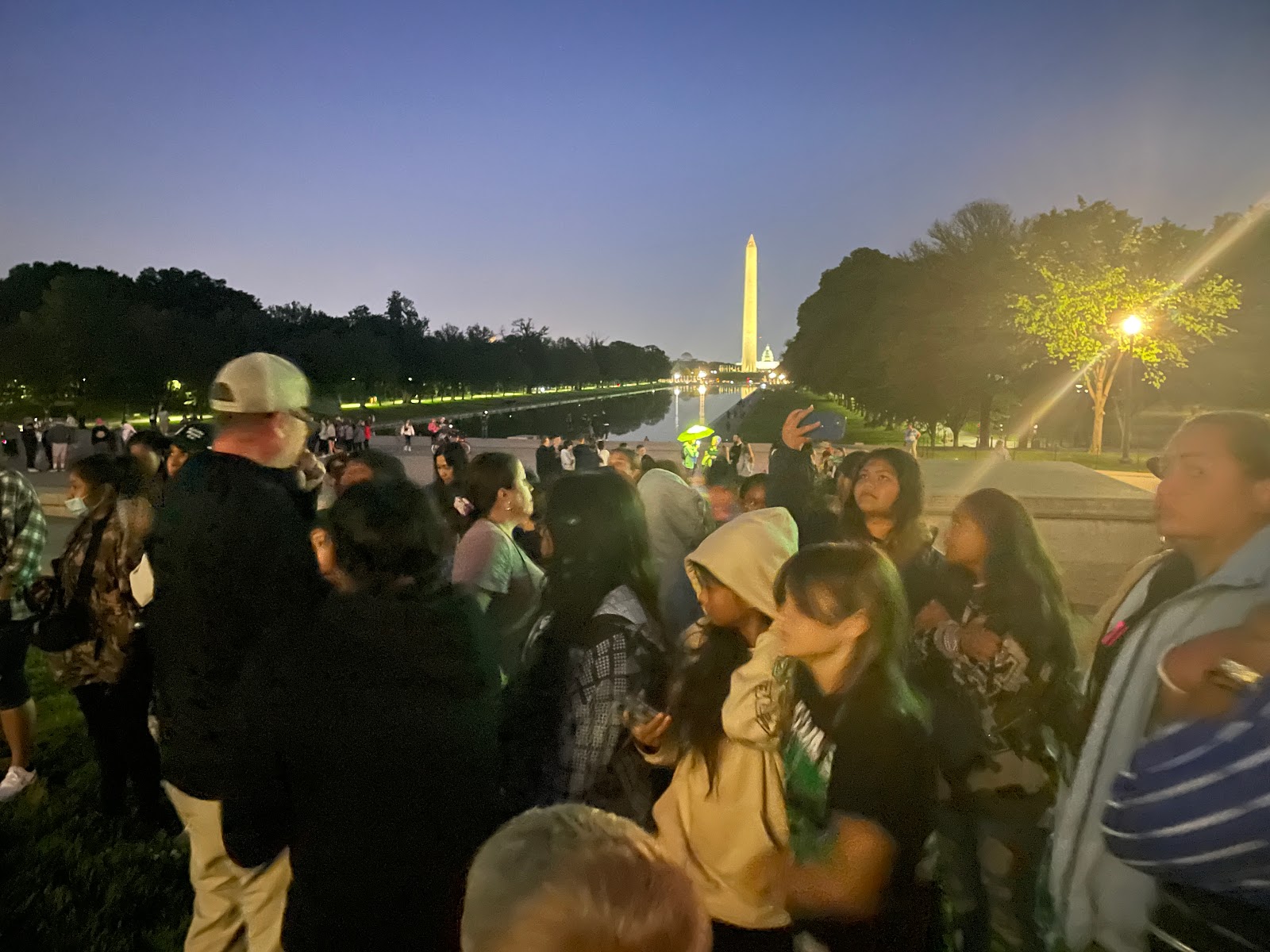
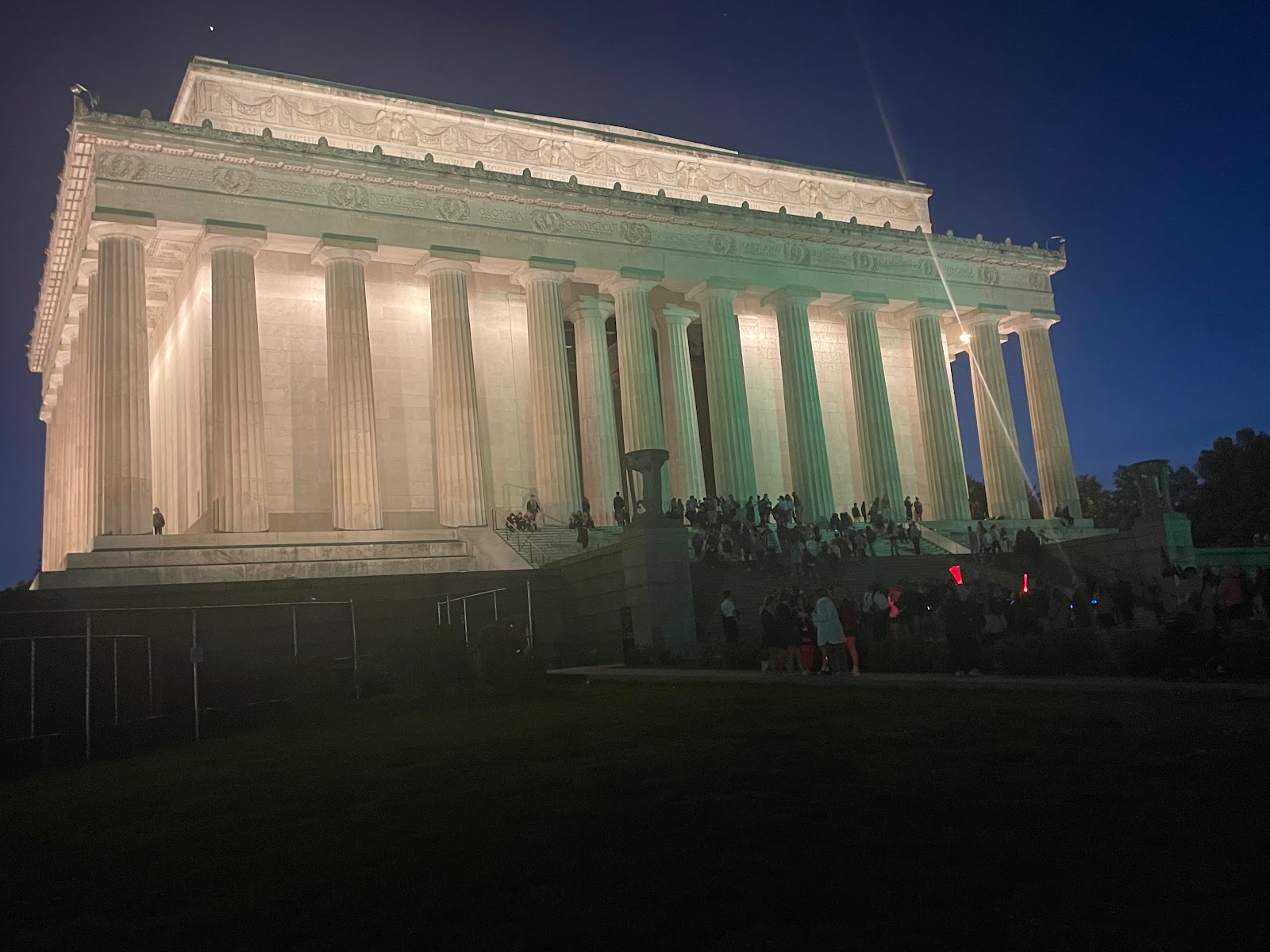

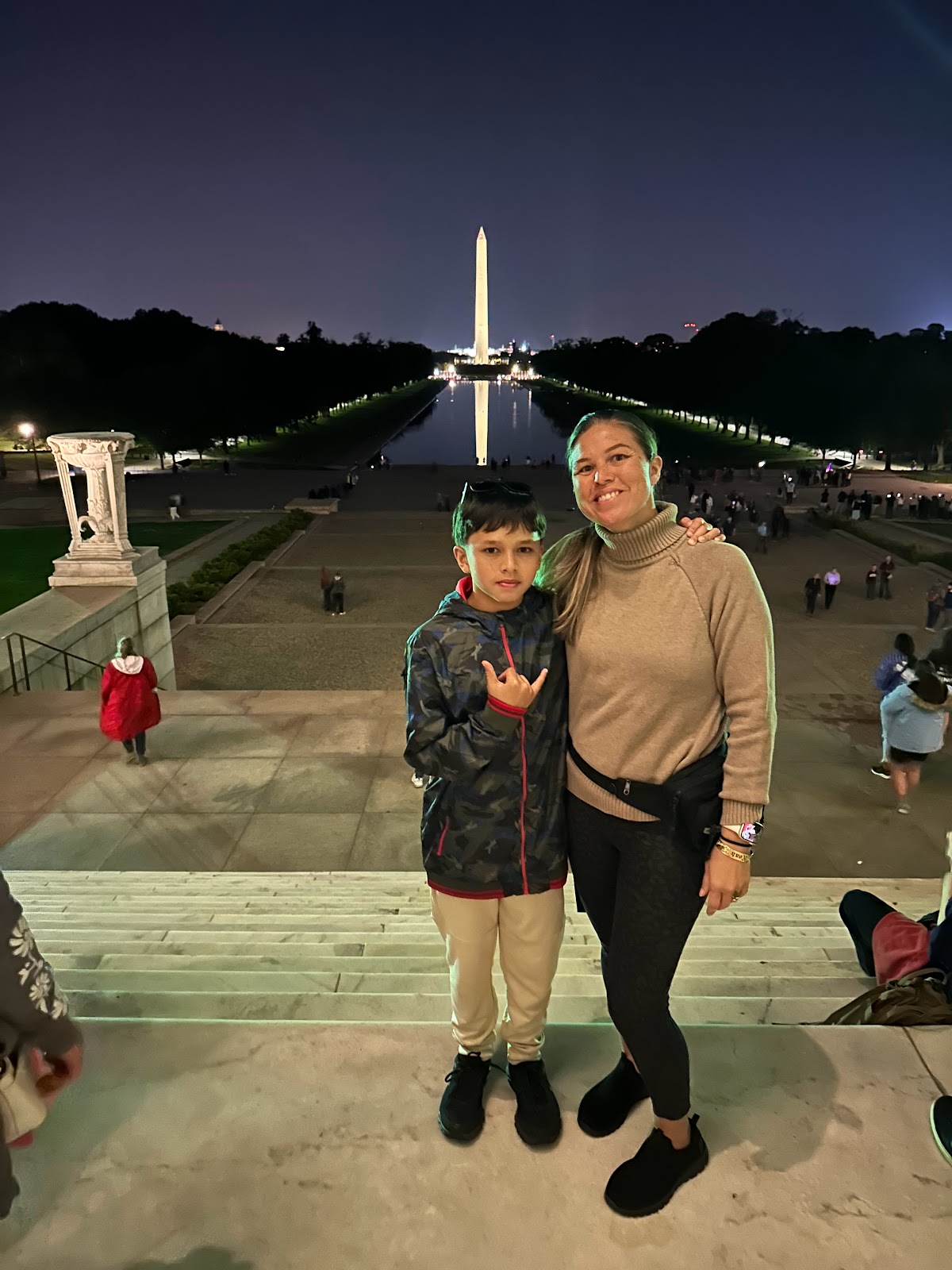
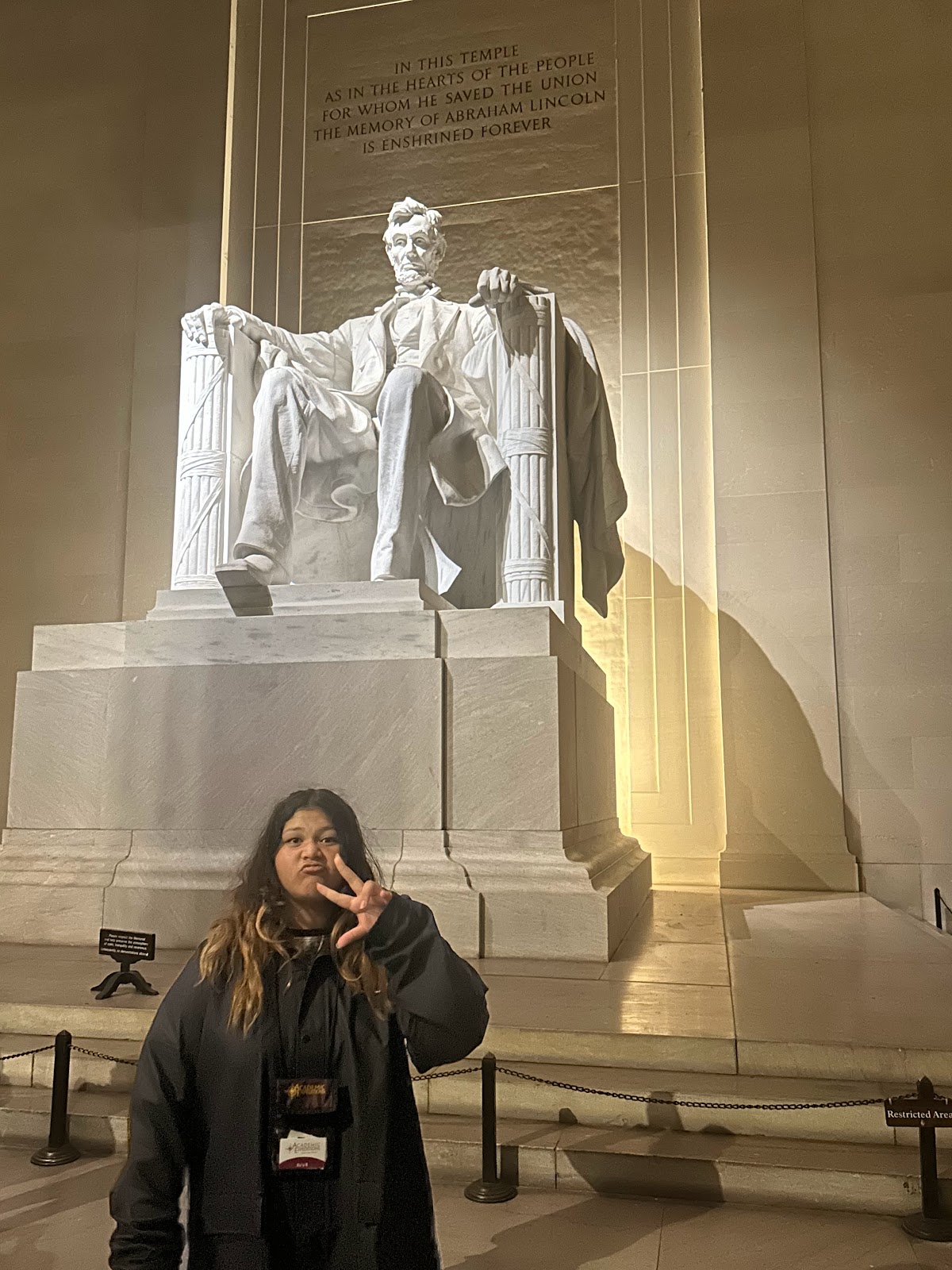




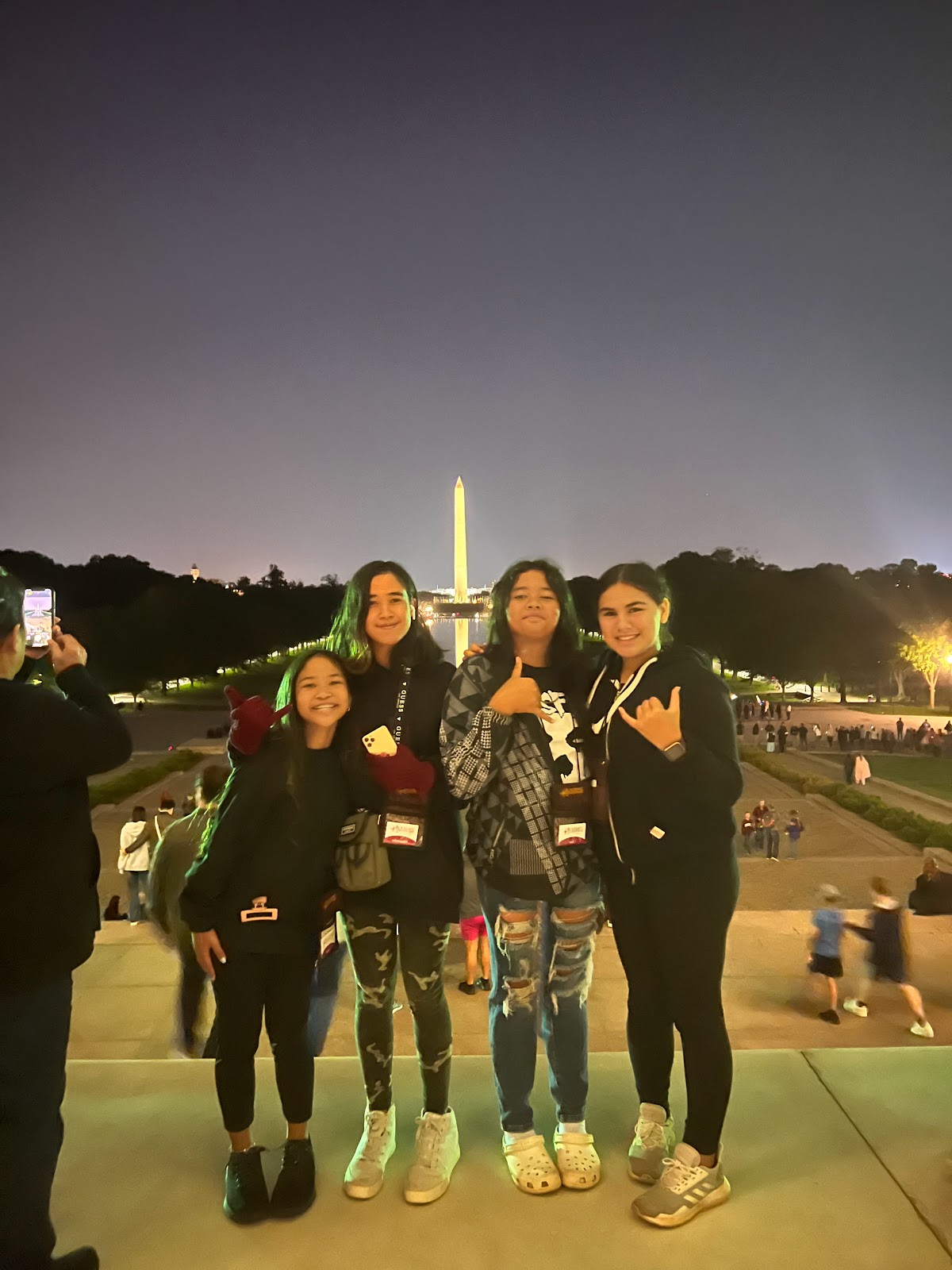
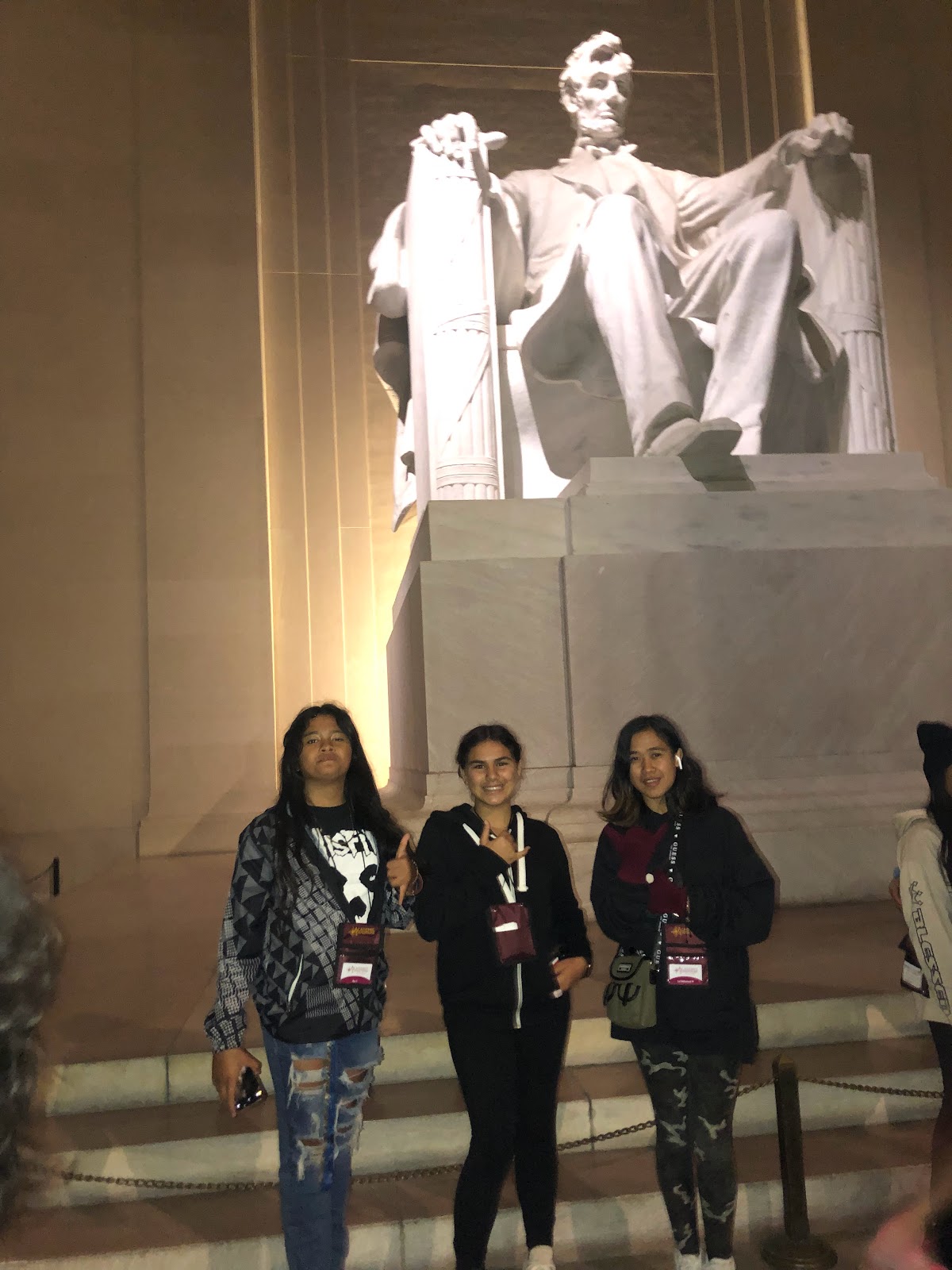

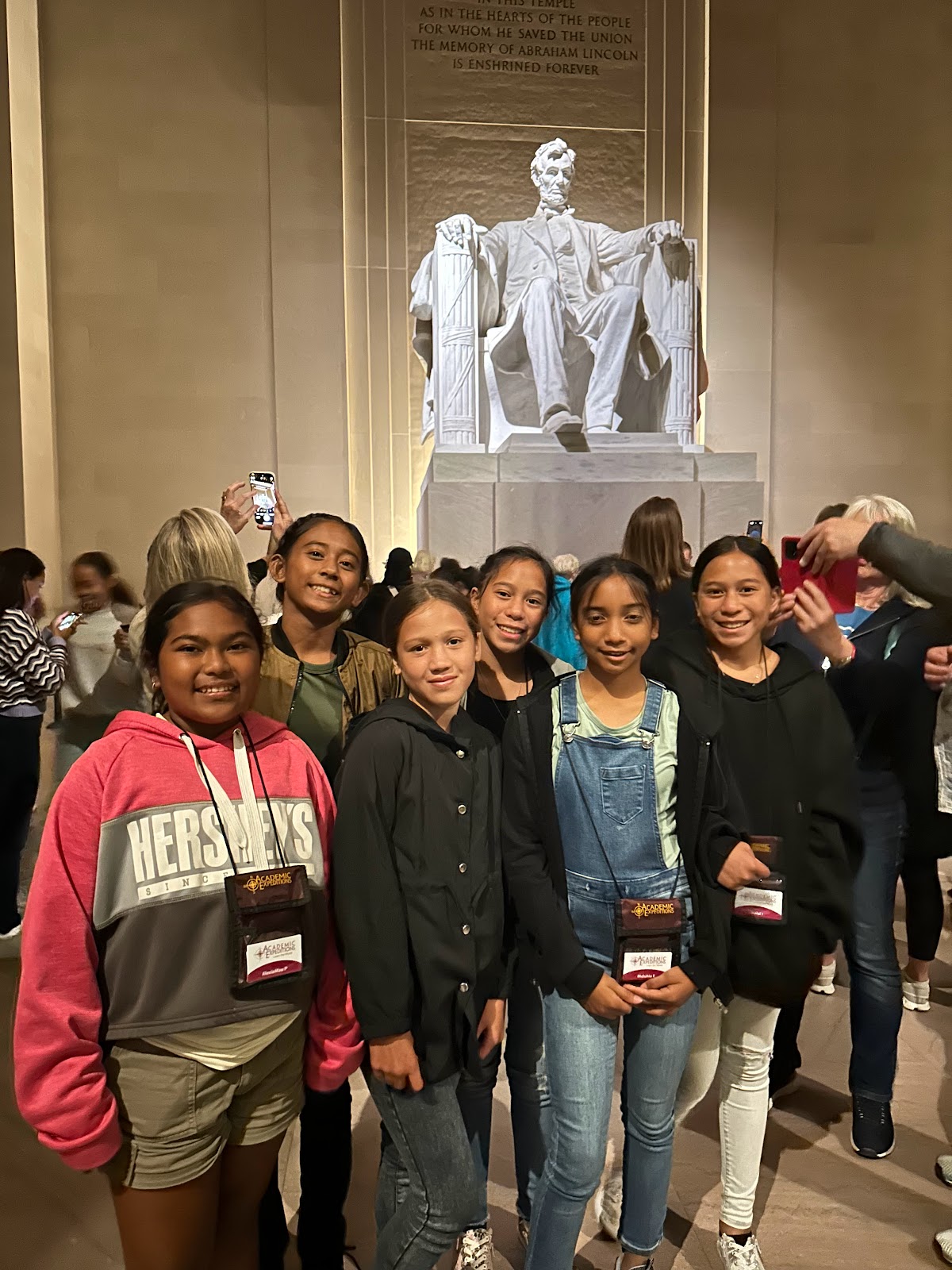




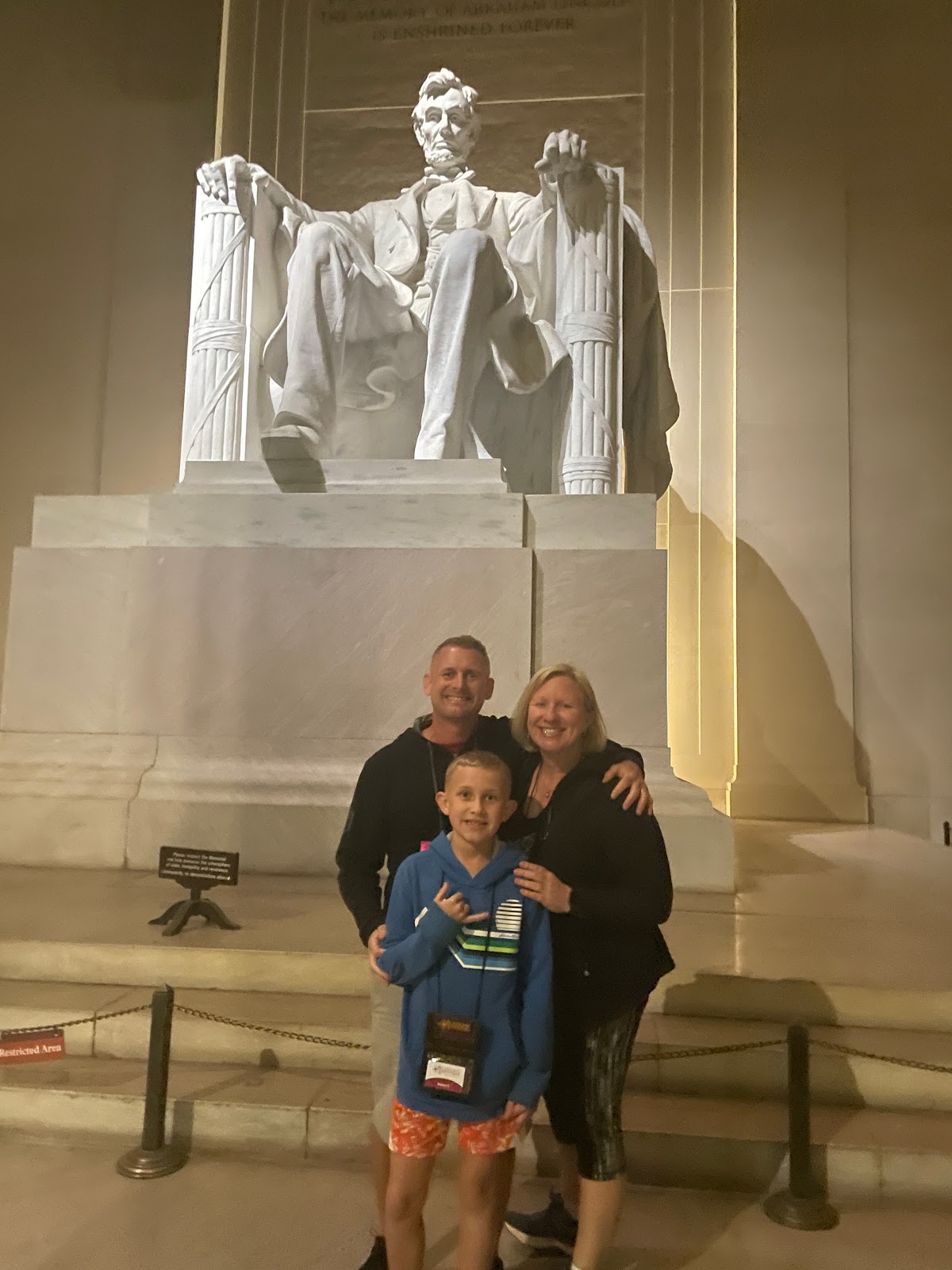








We enjoyed looking at all your adventures so far!! Mahalo for sharing with us at school!
ReplyDelete